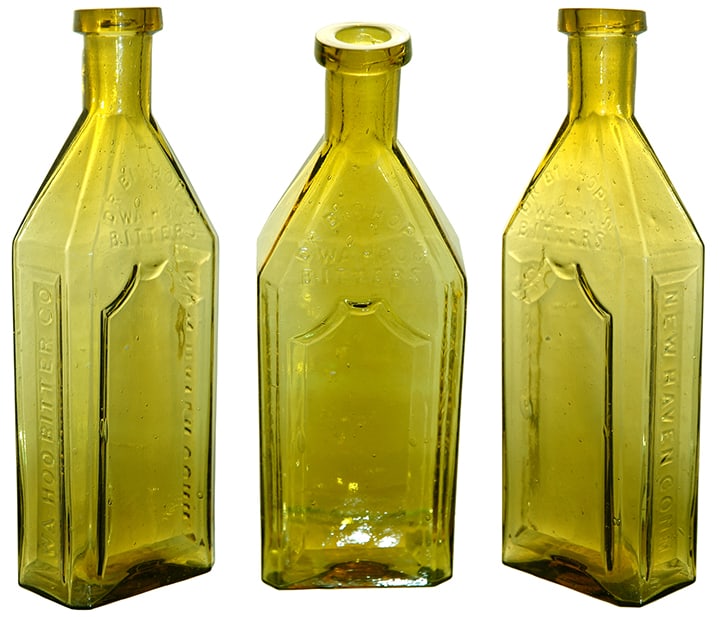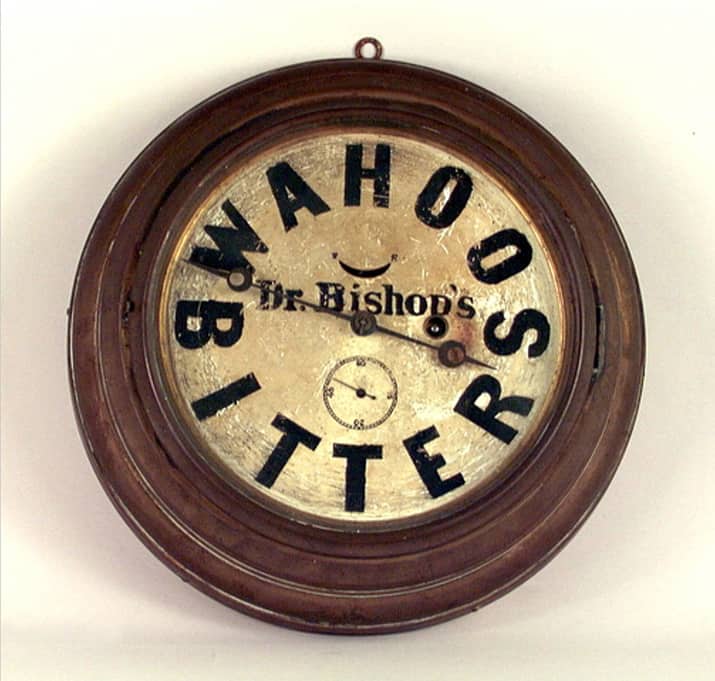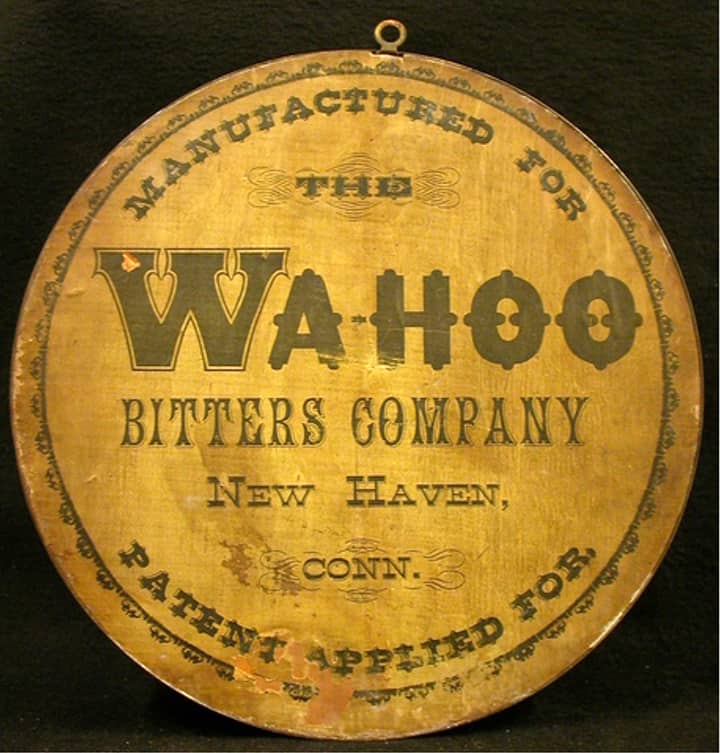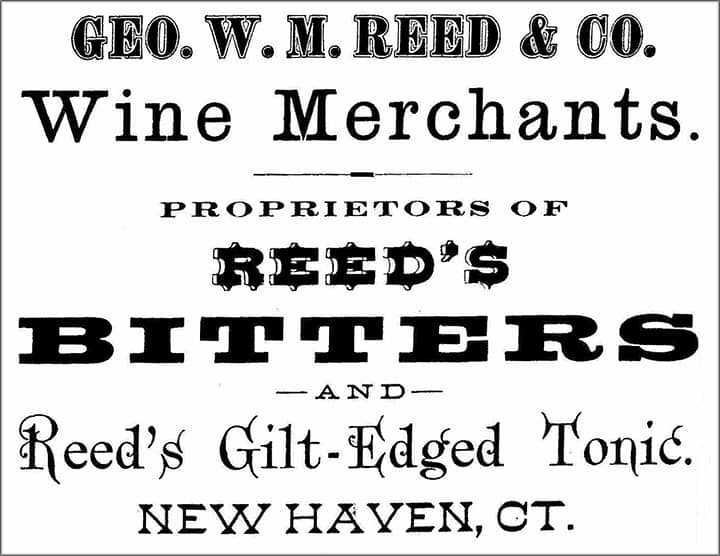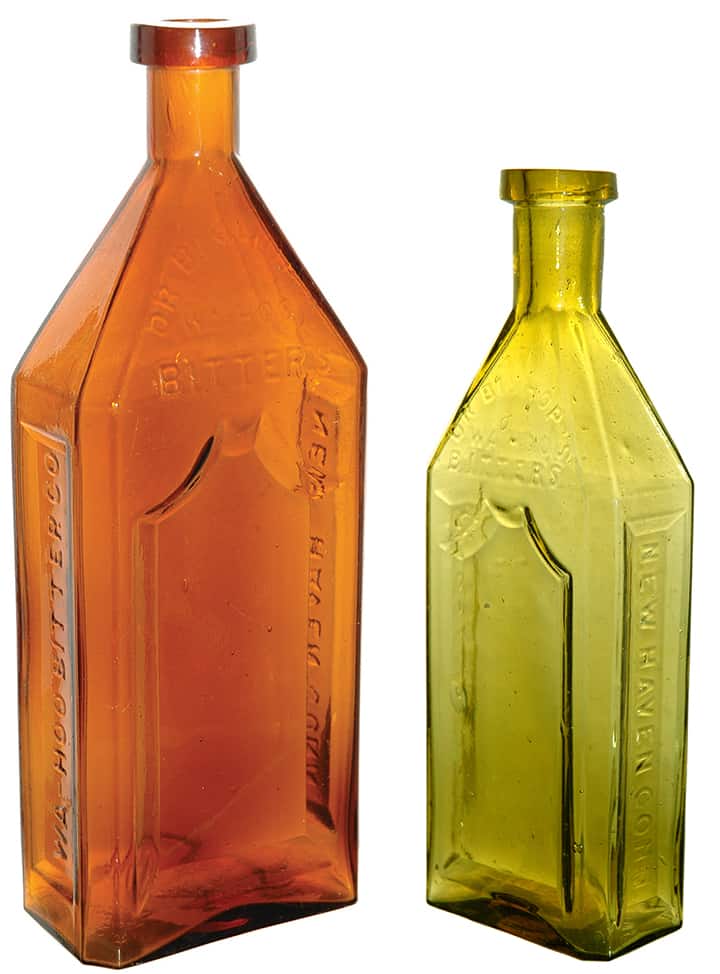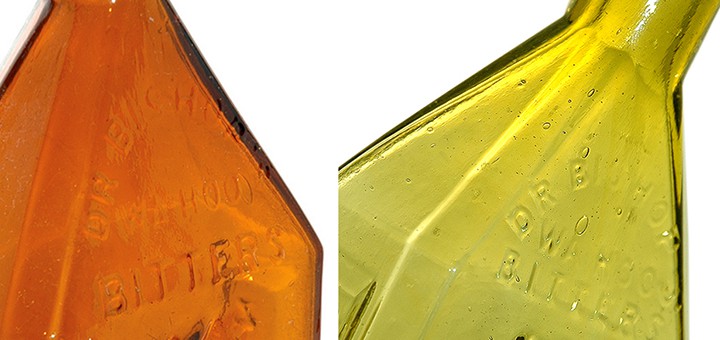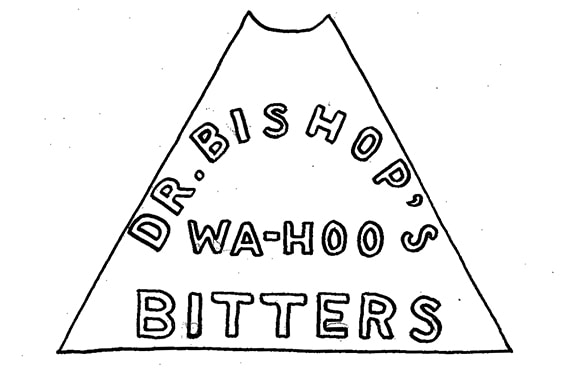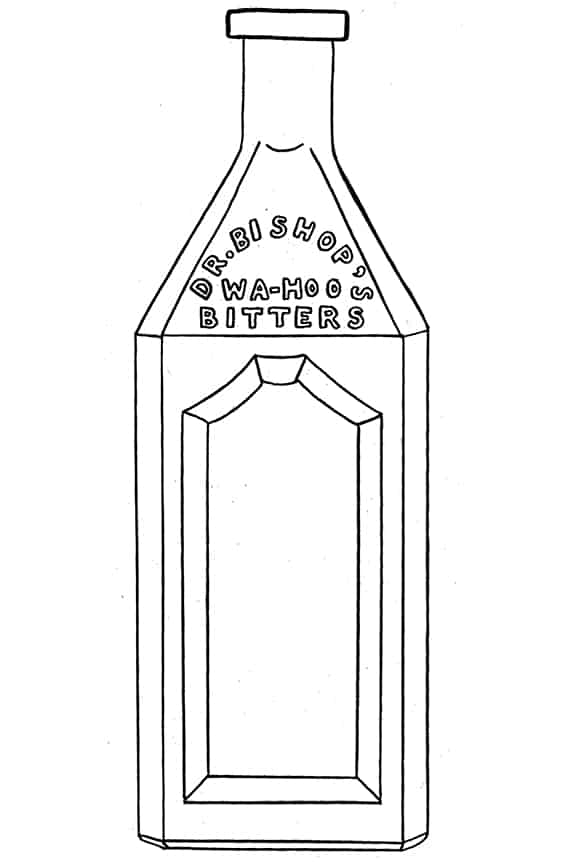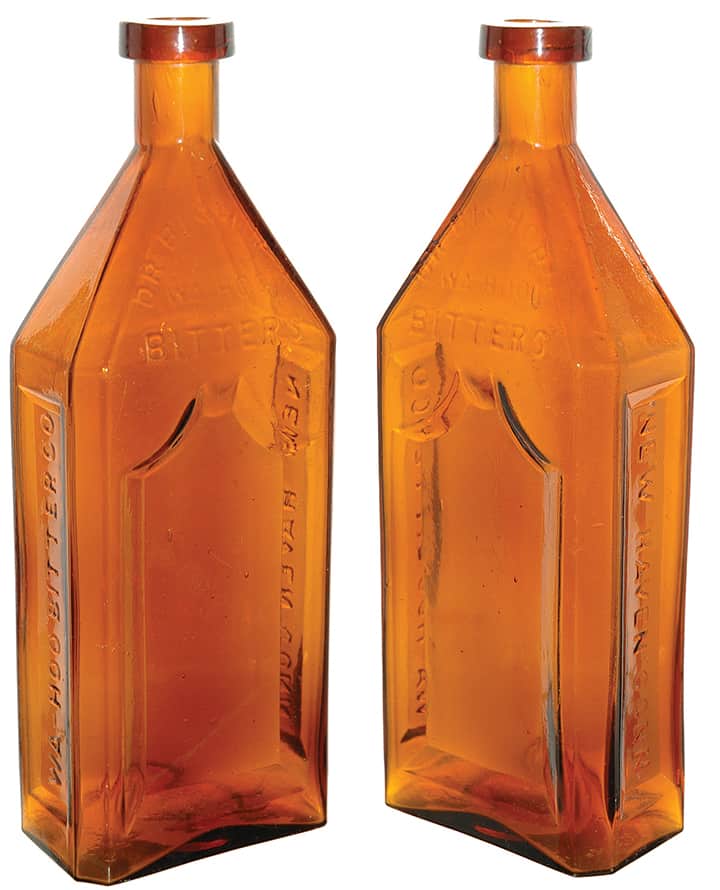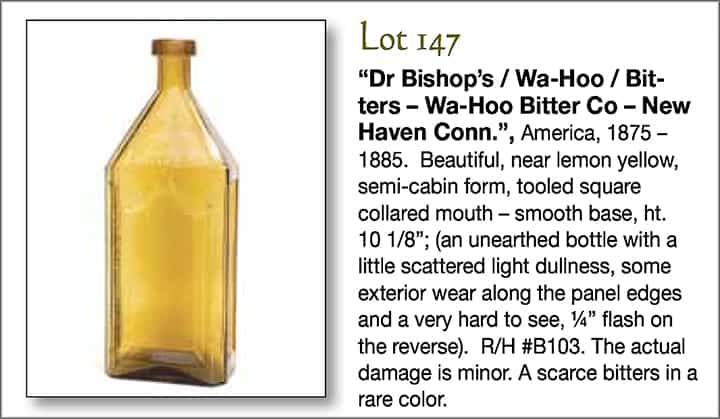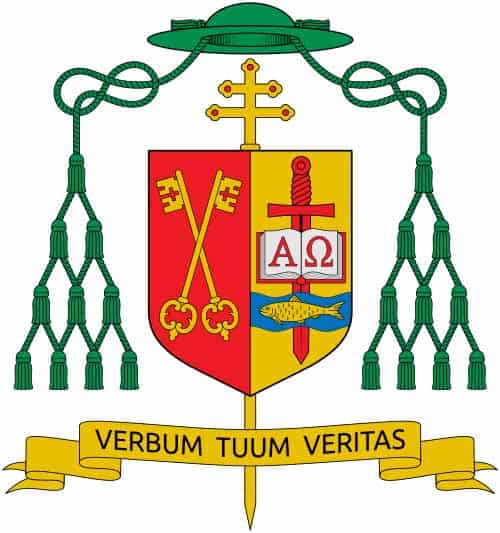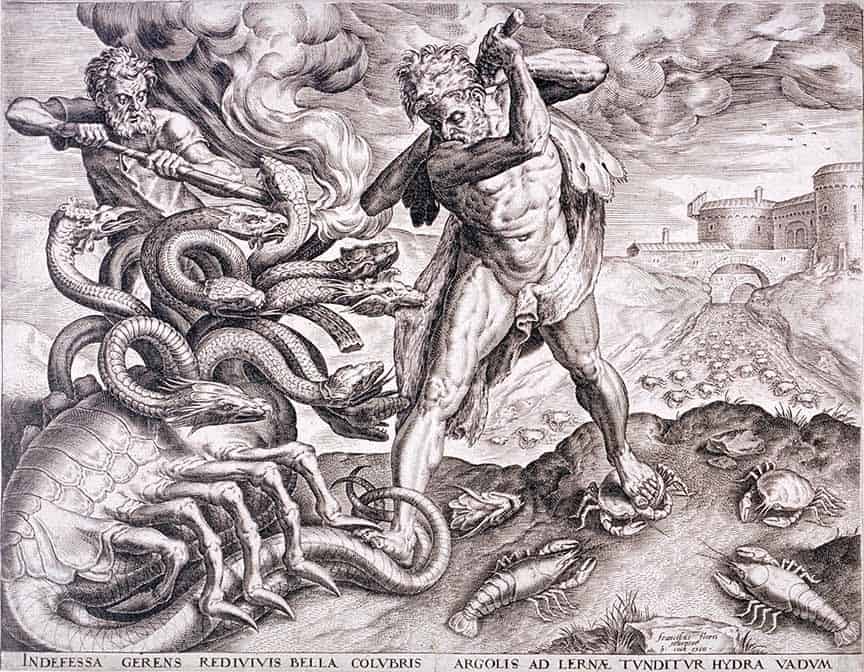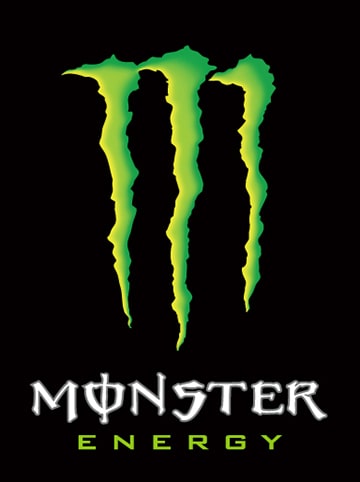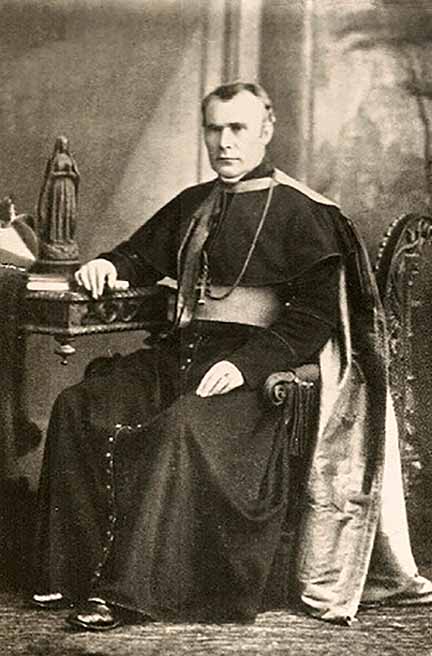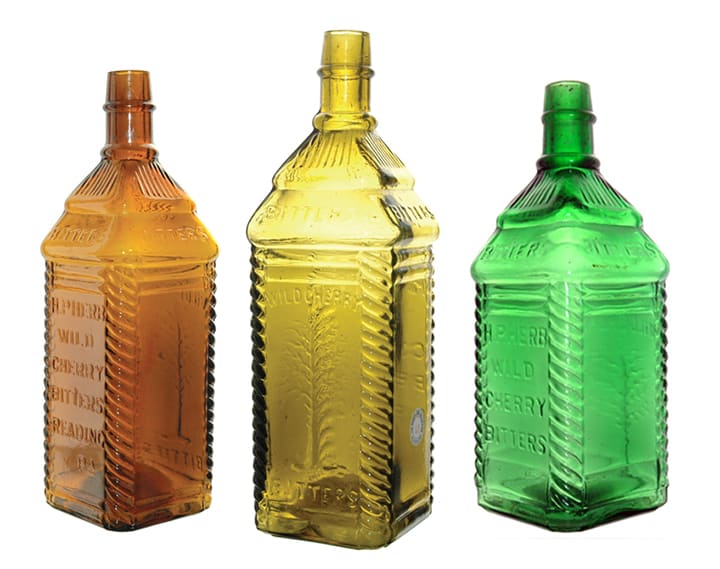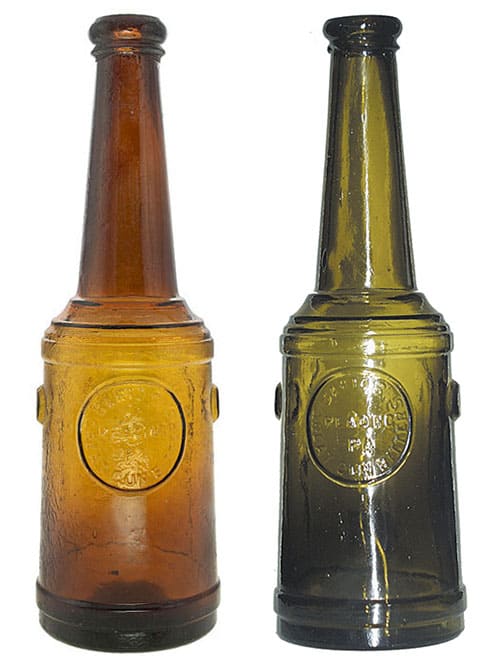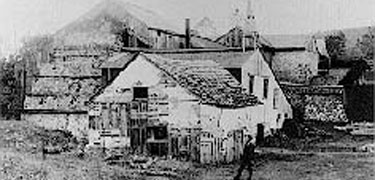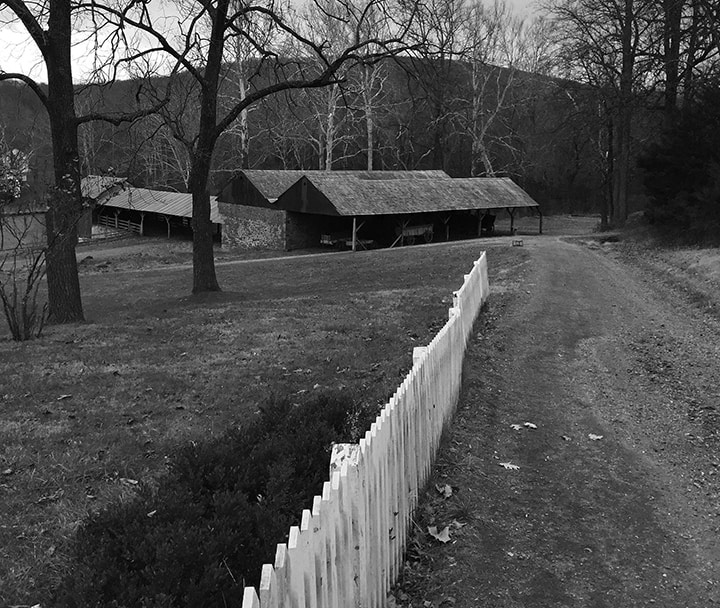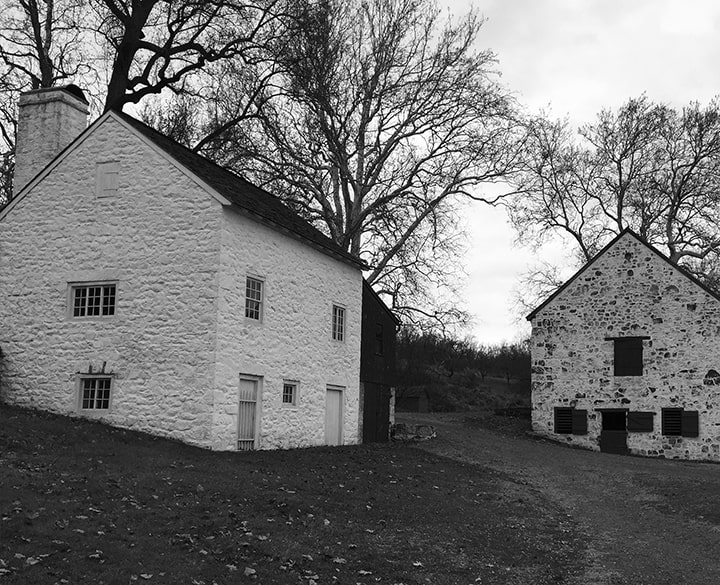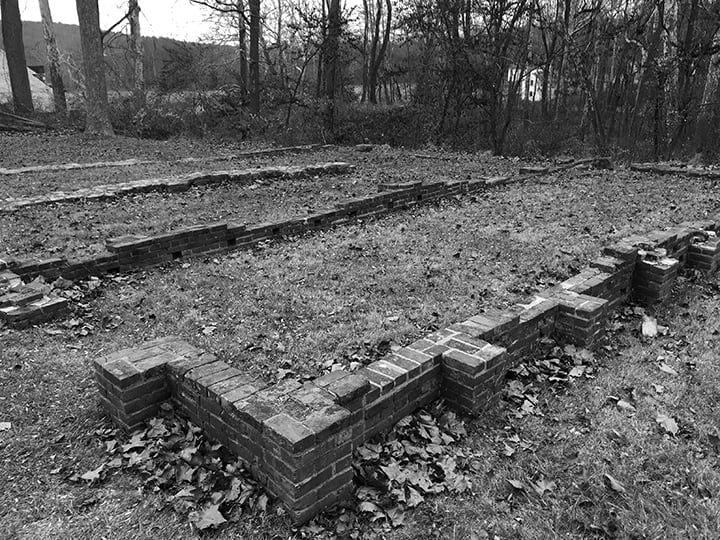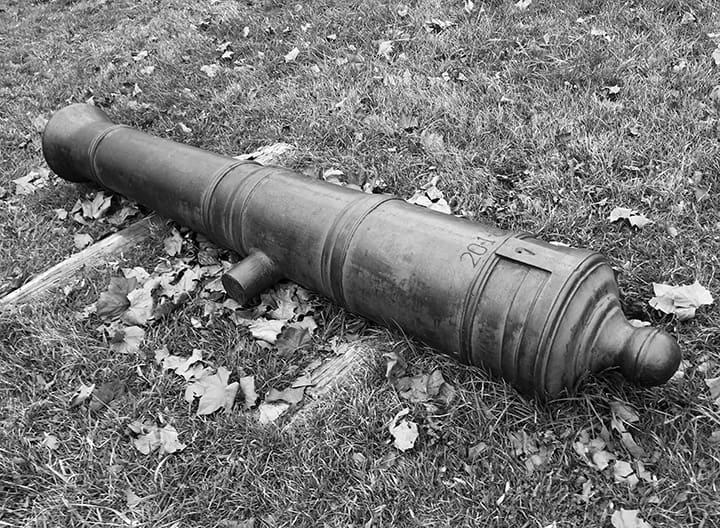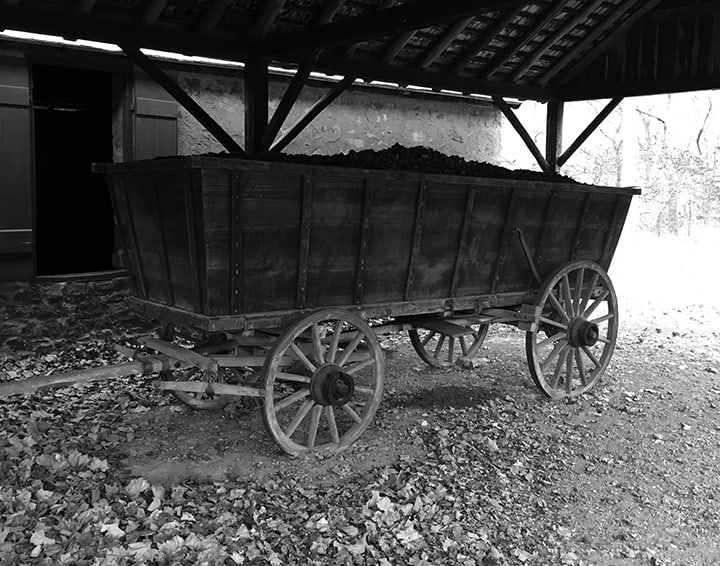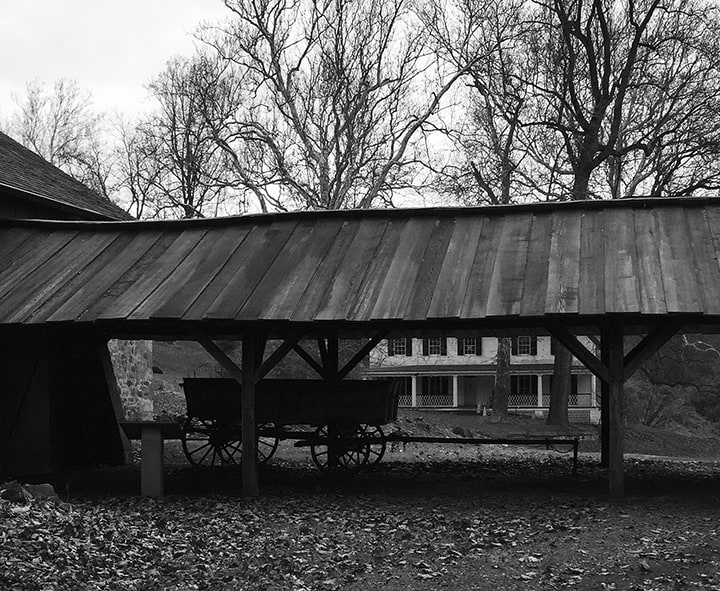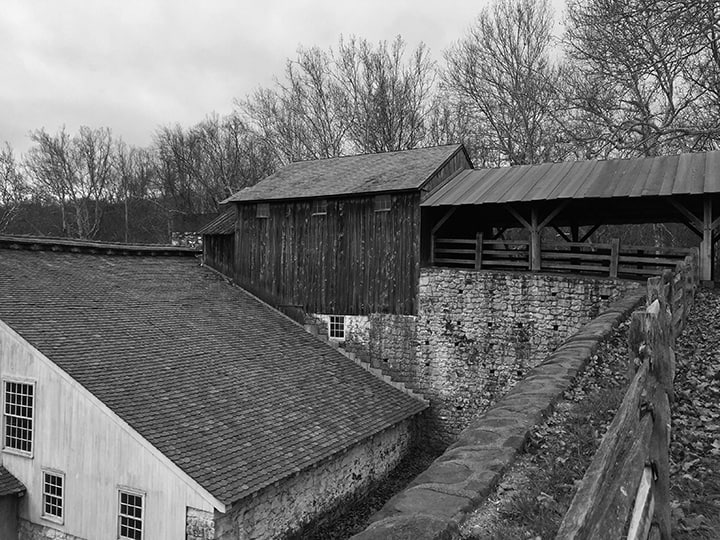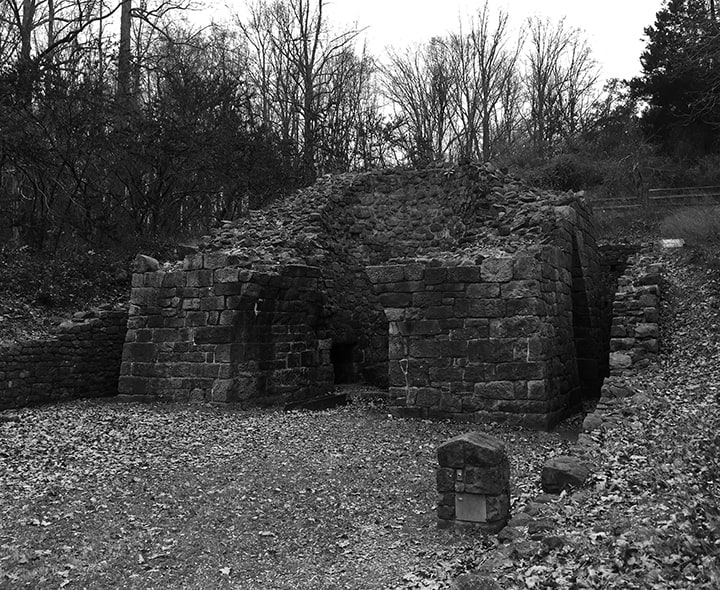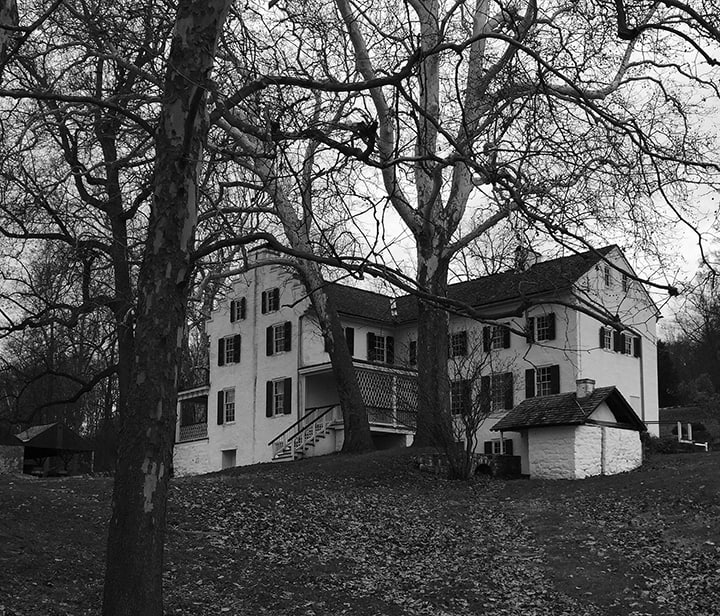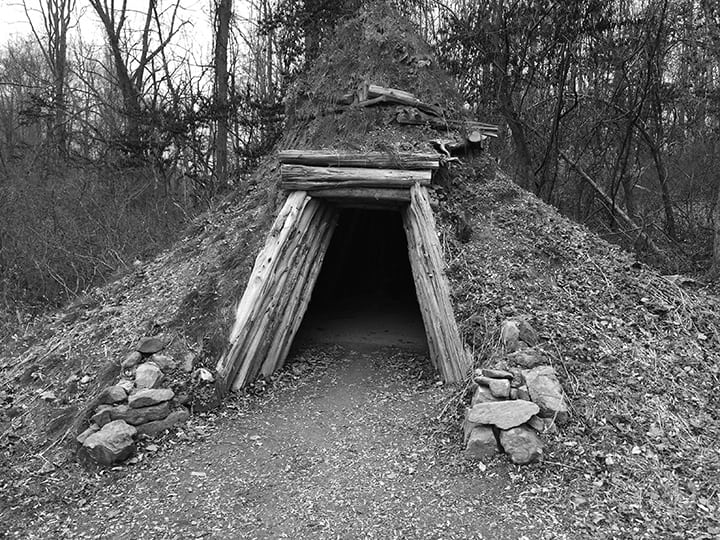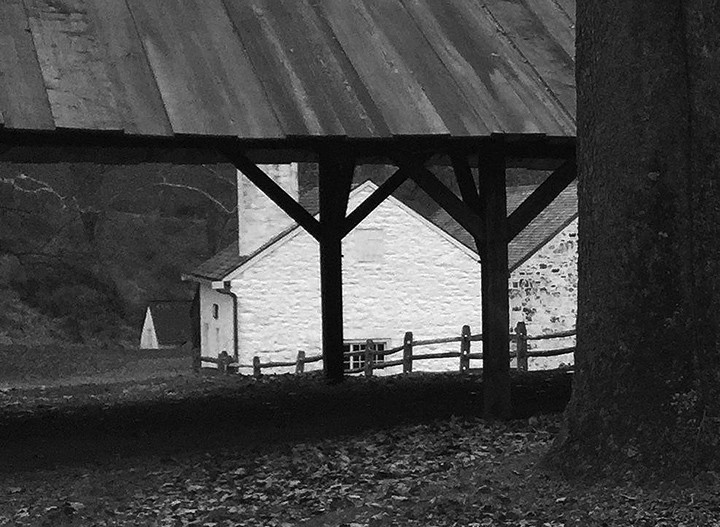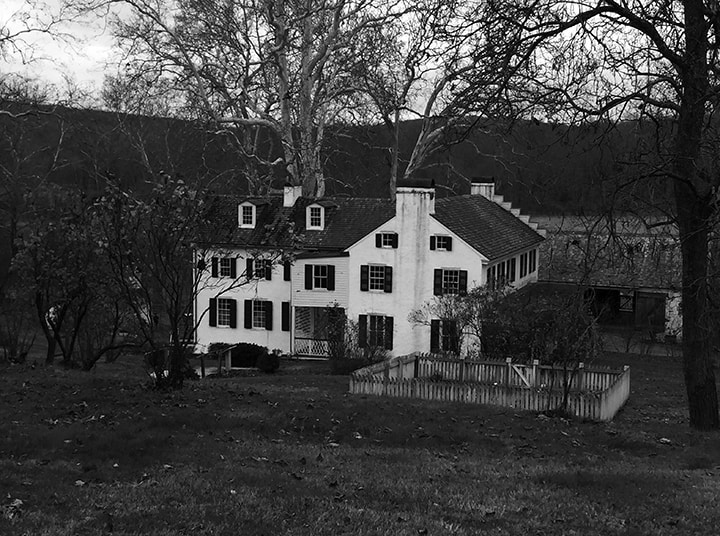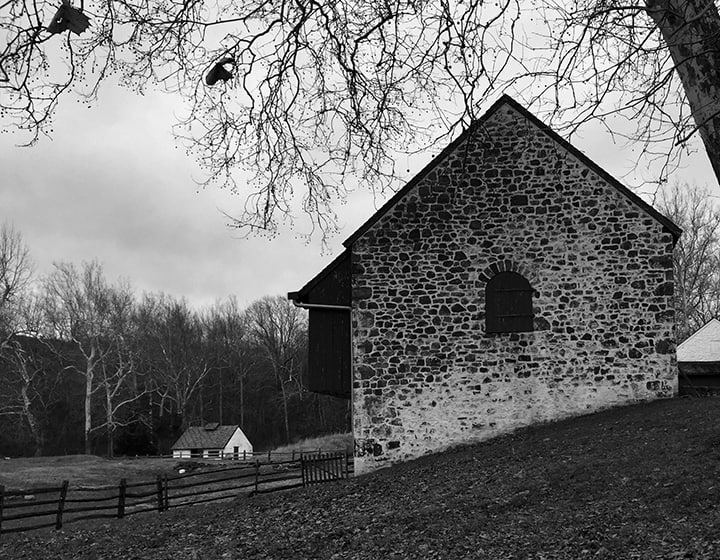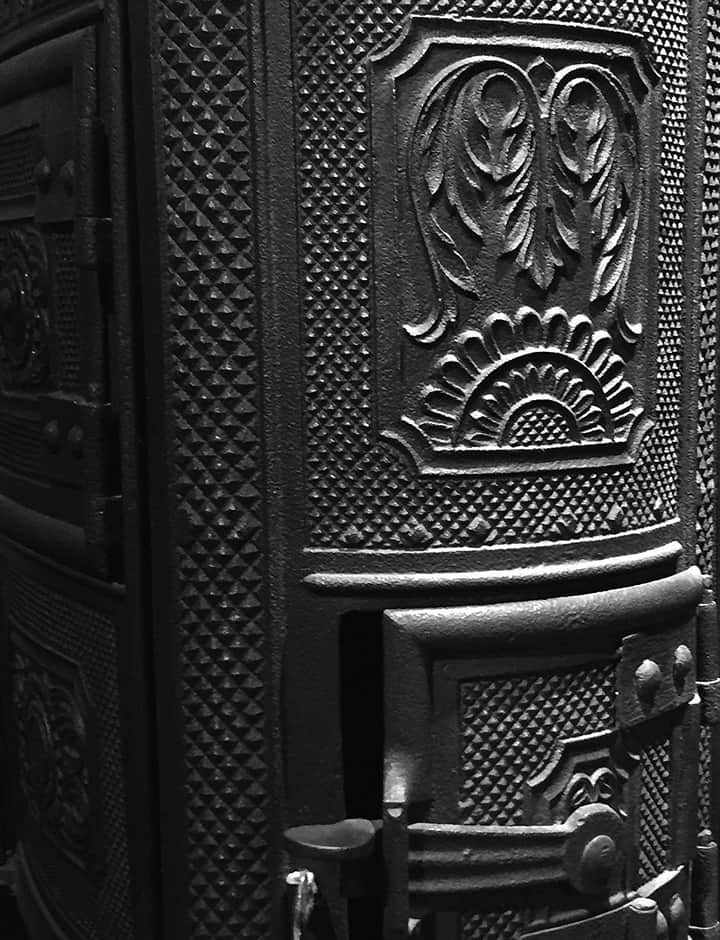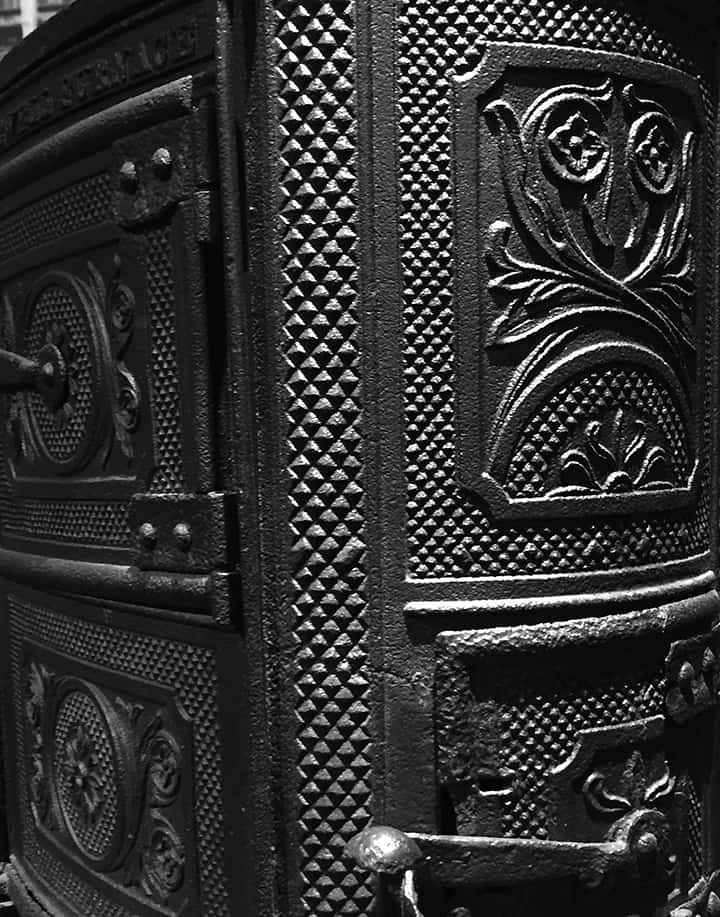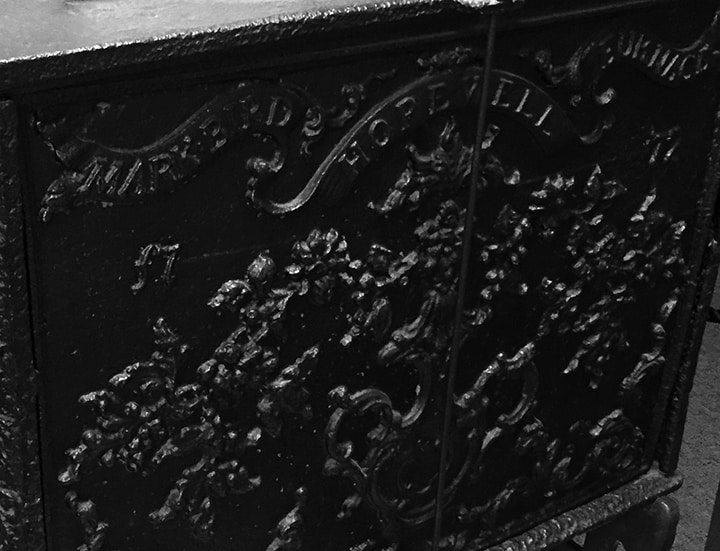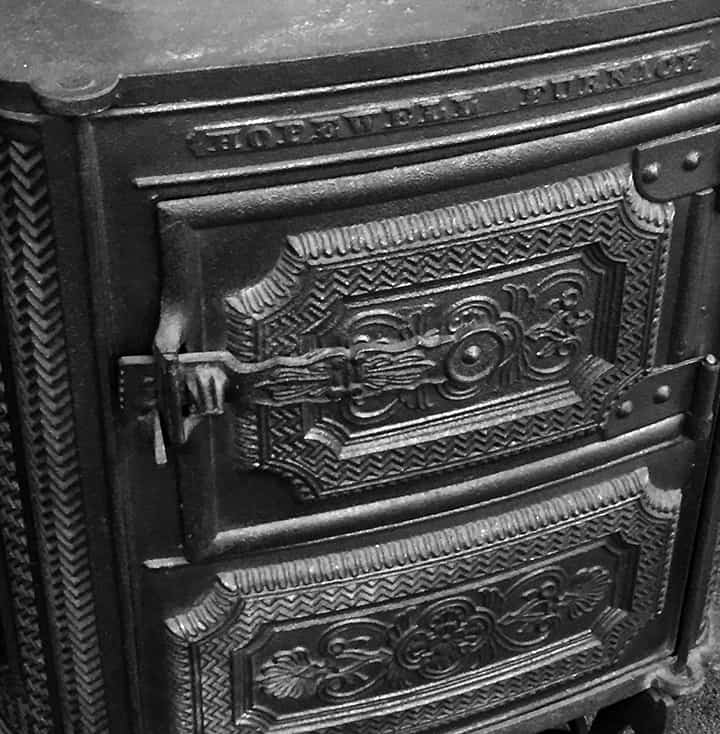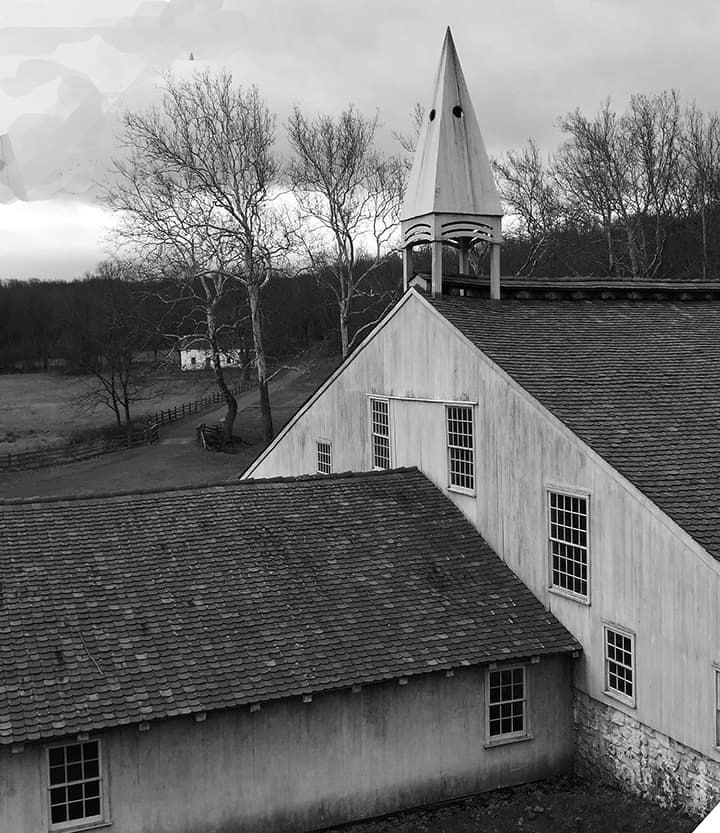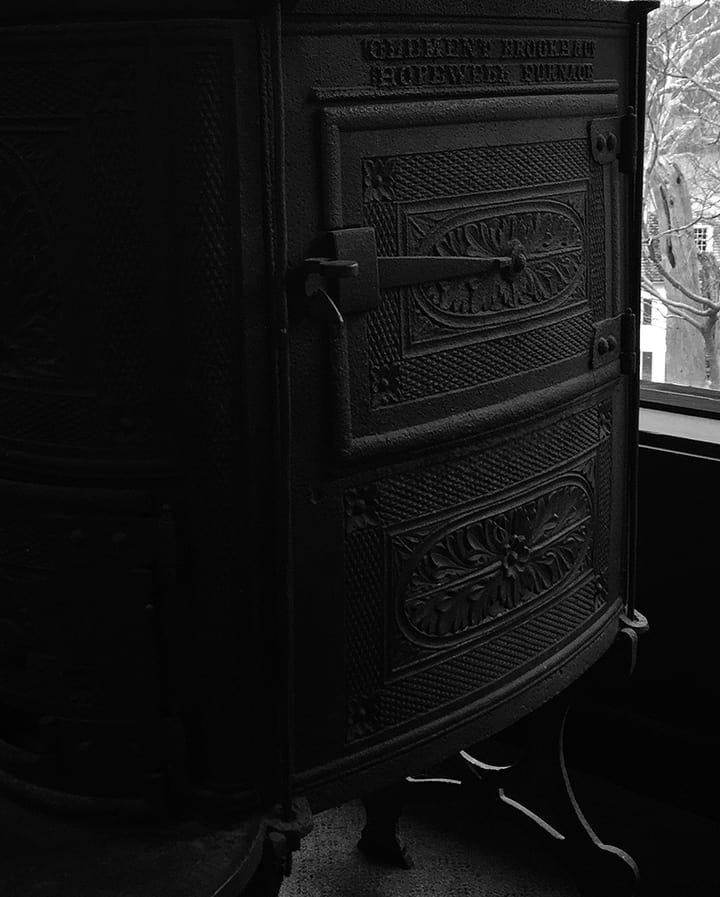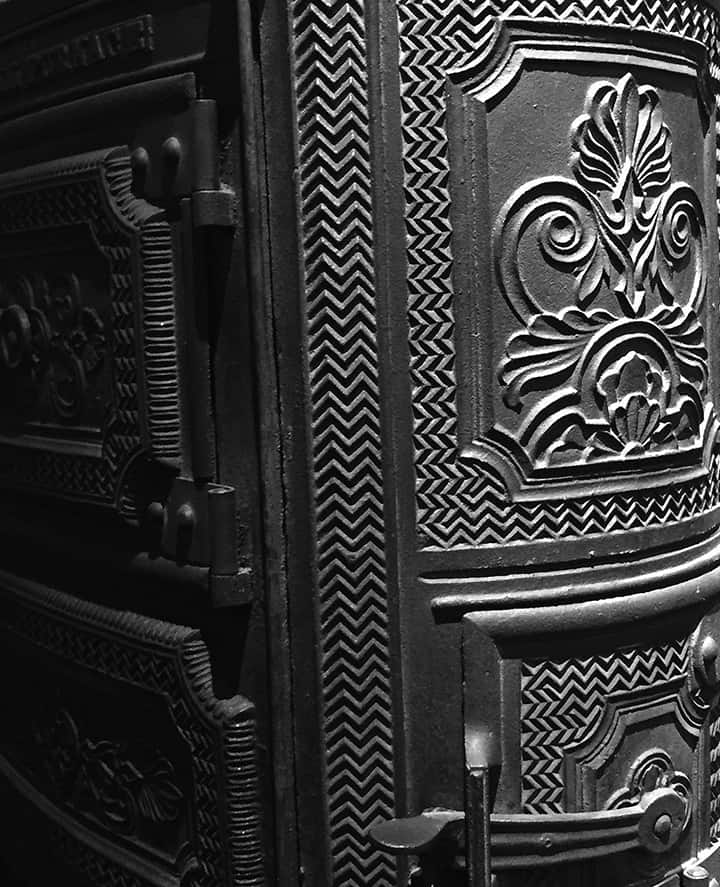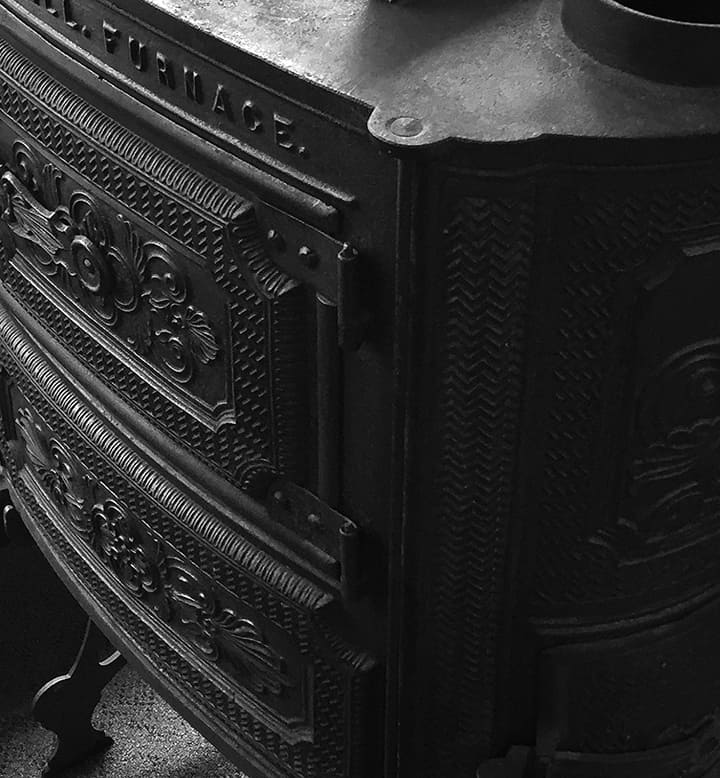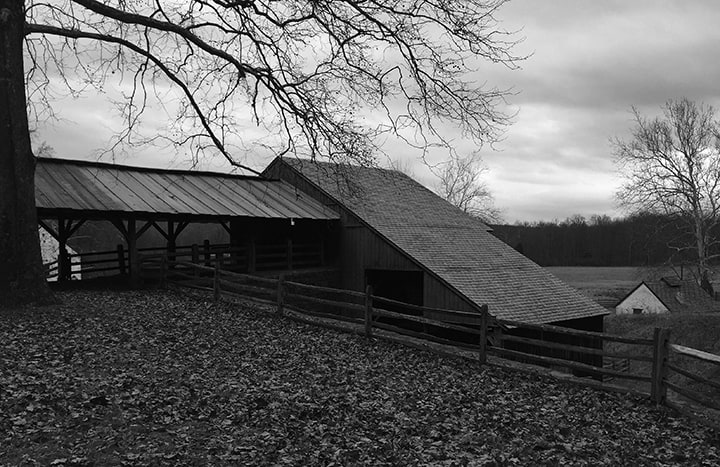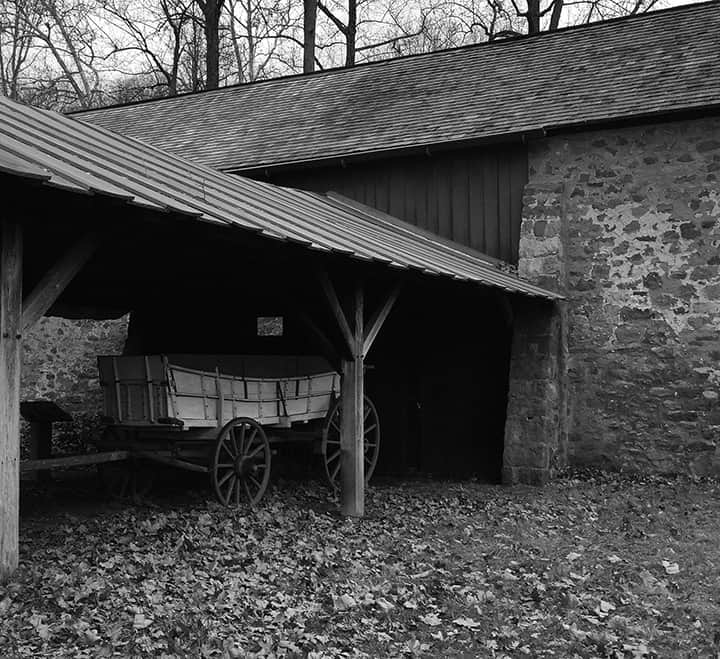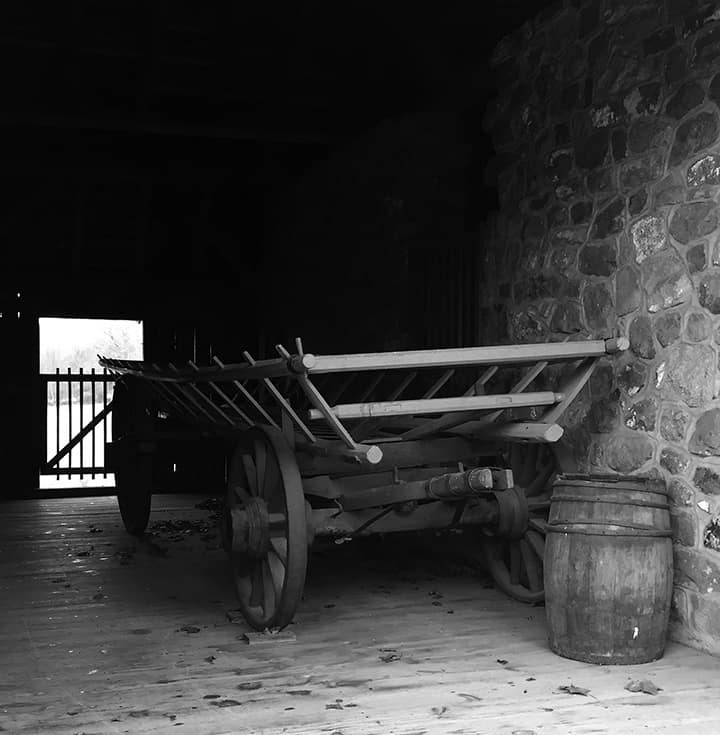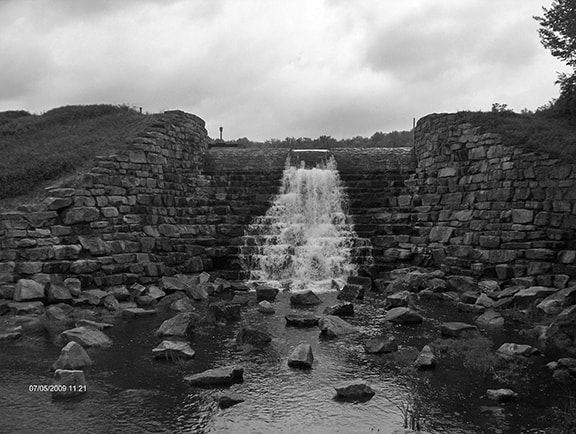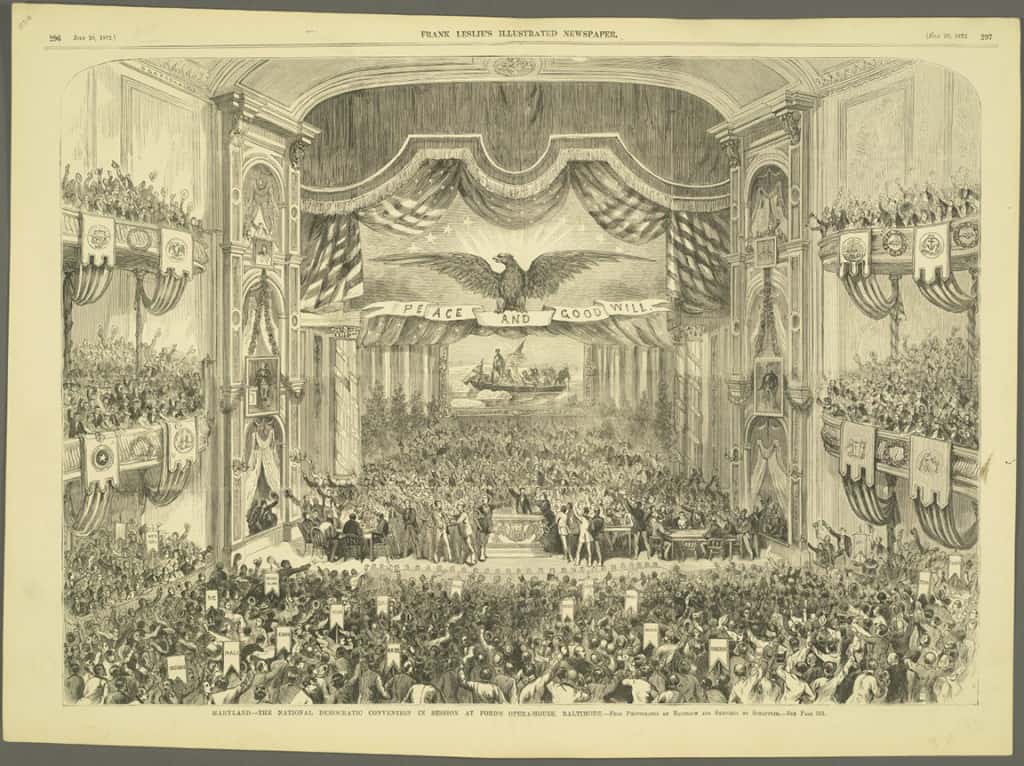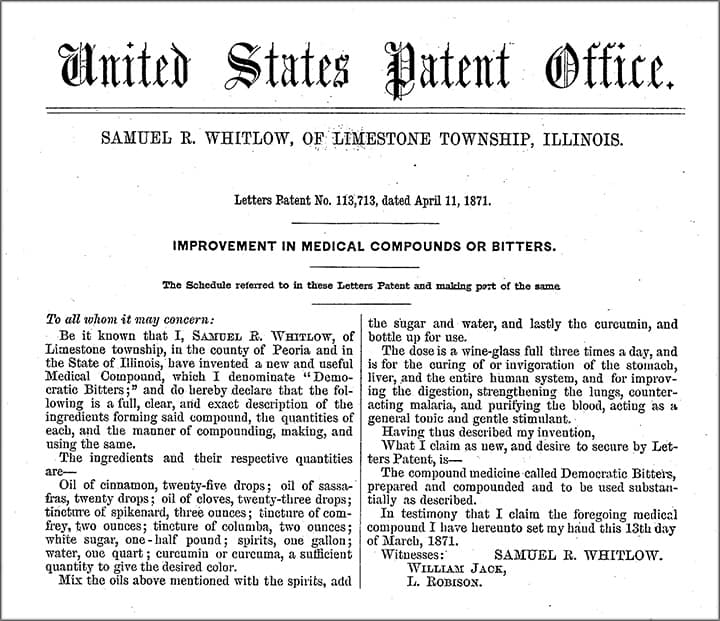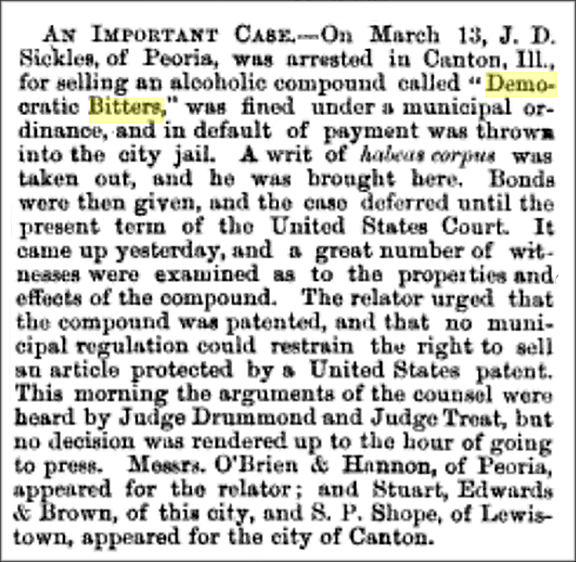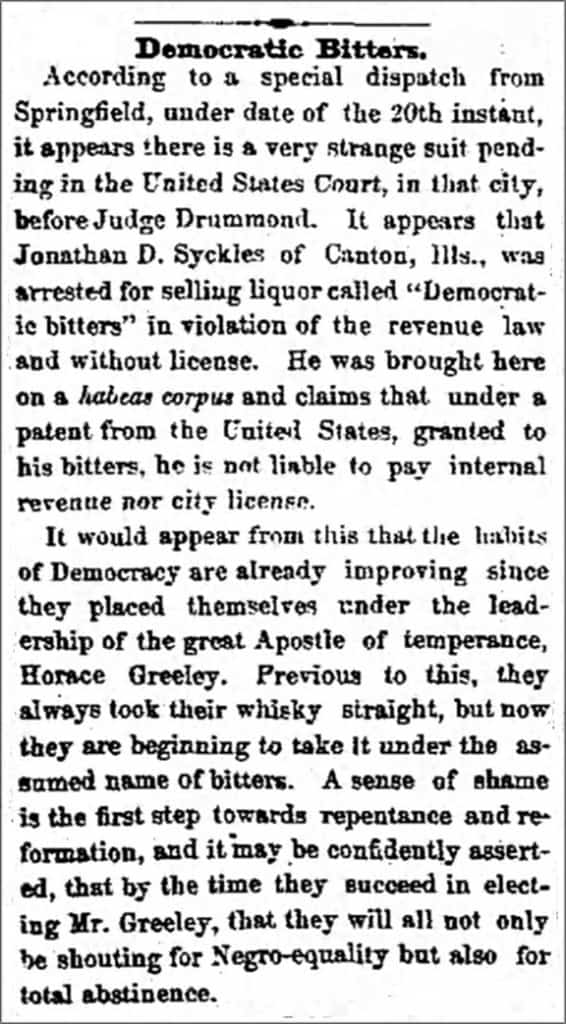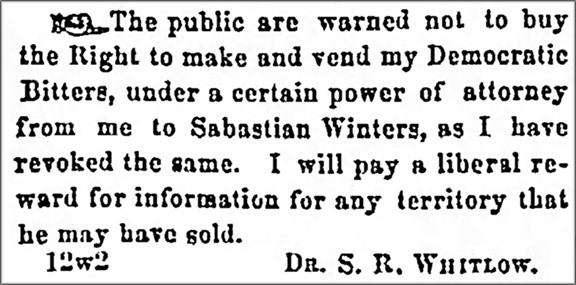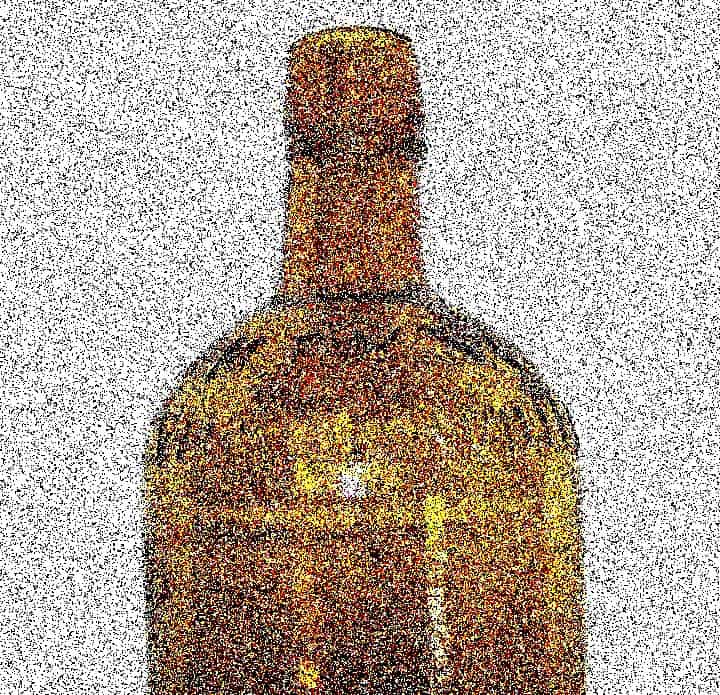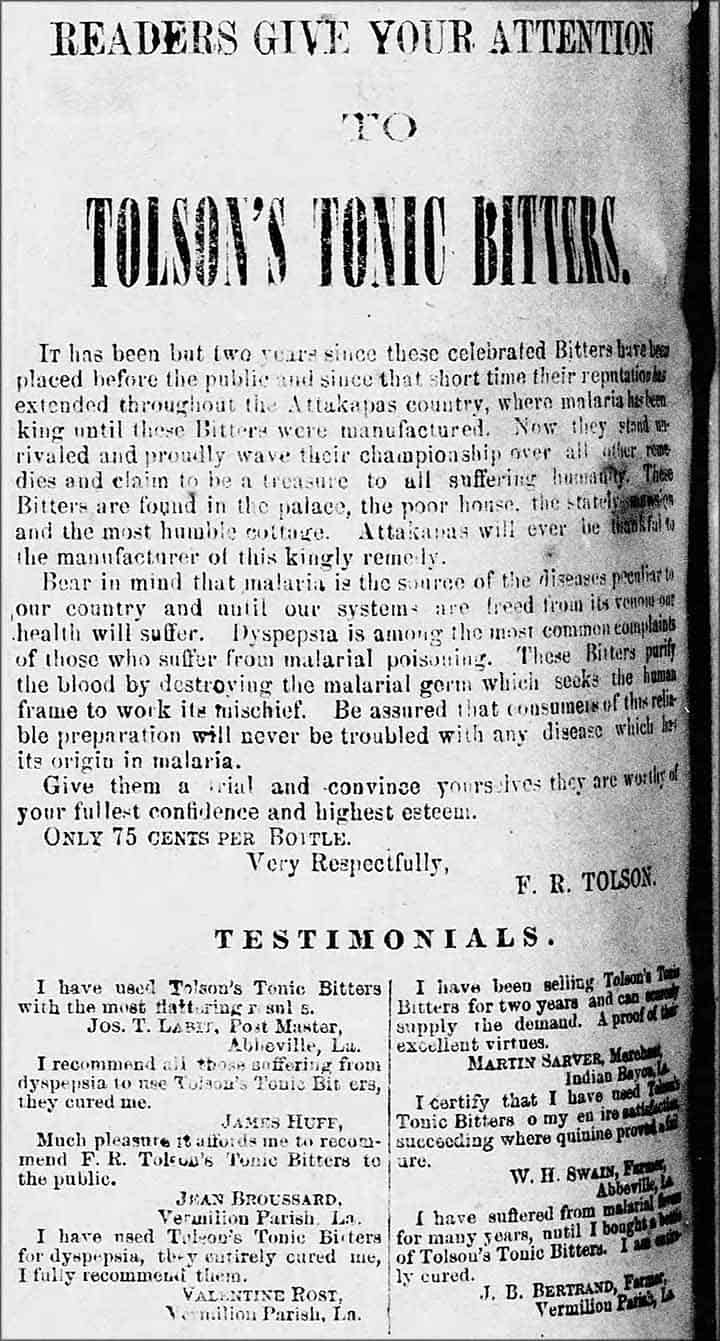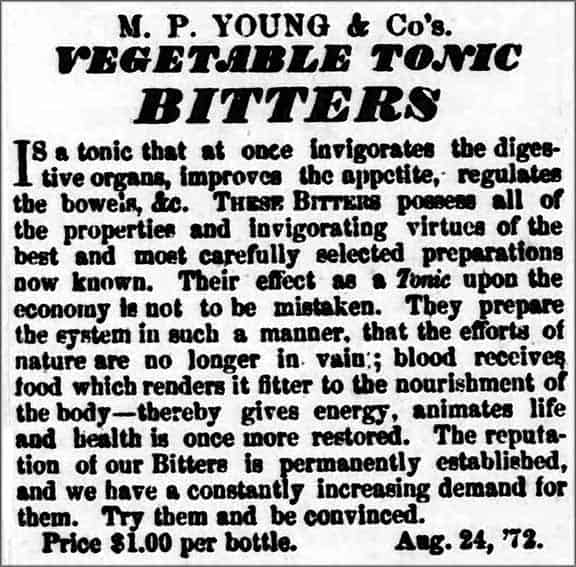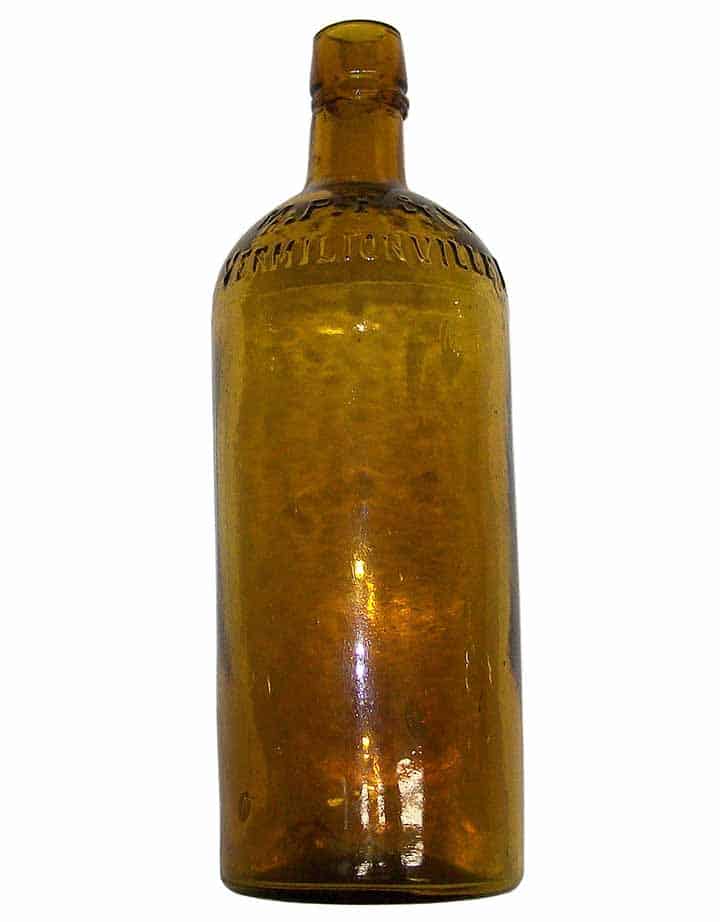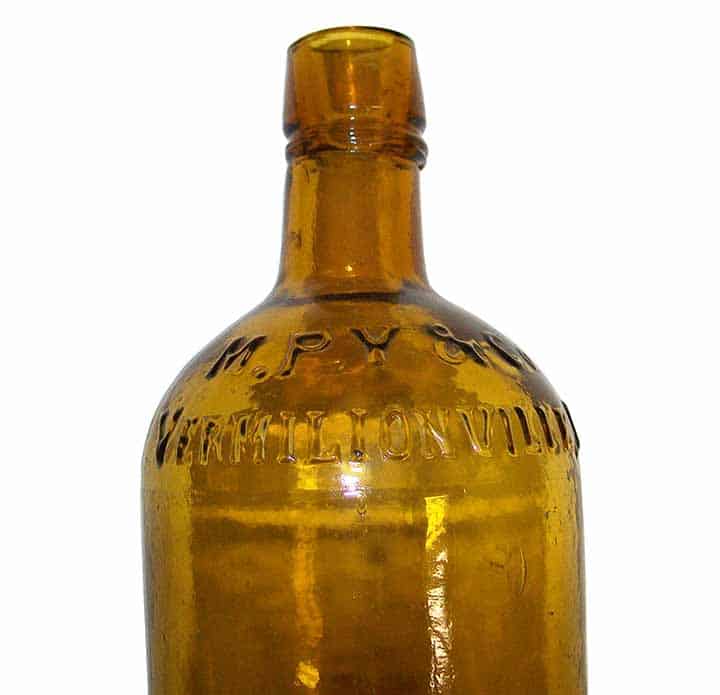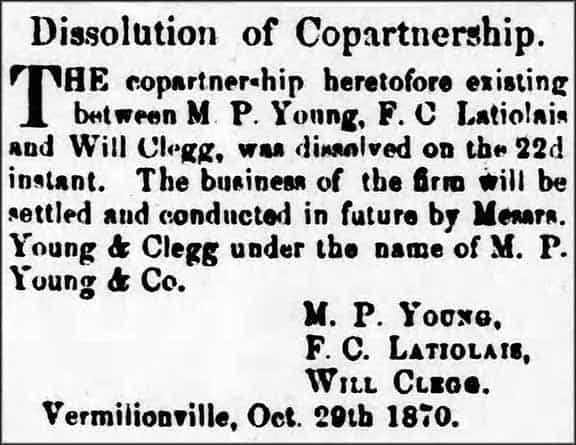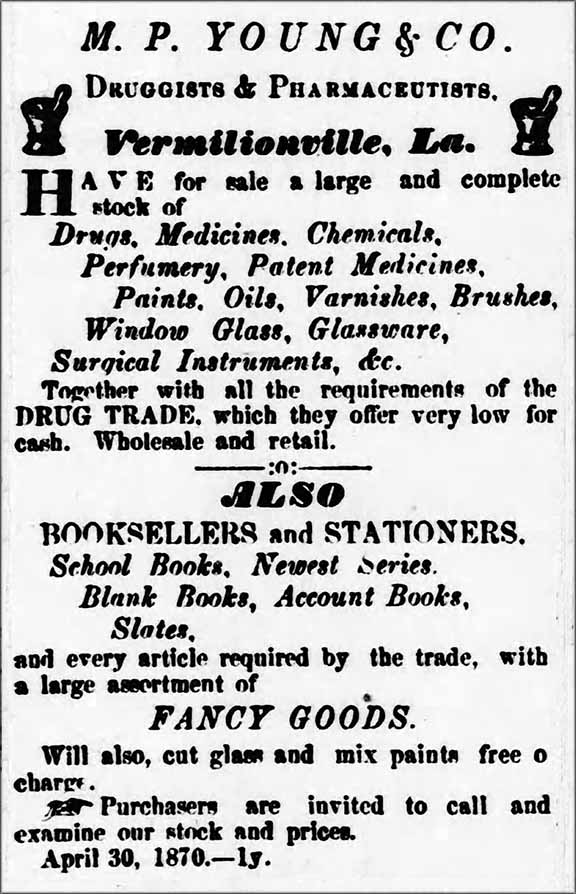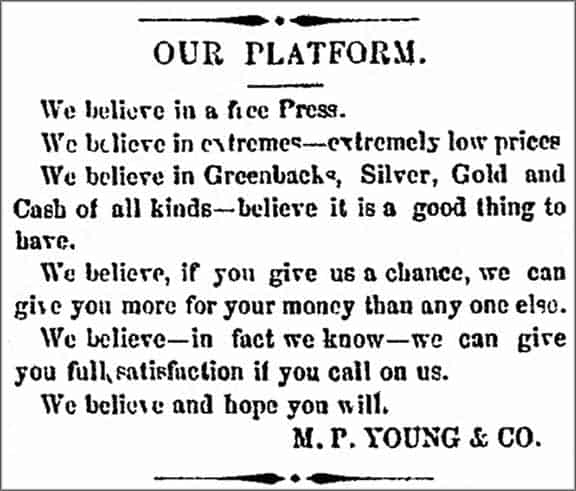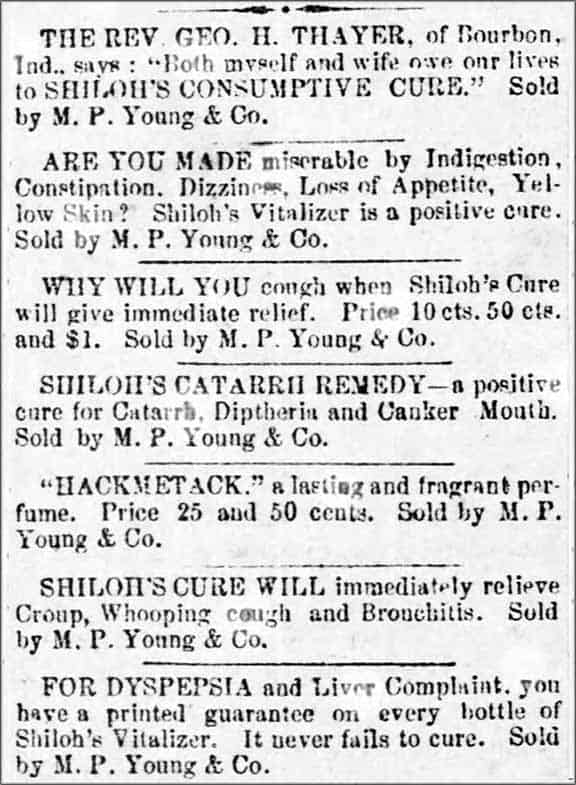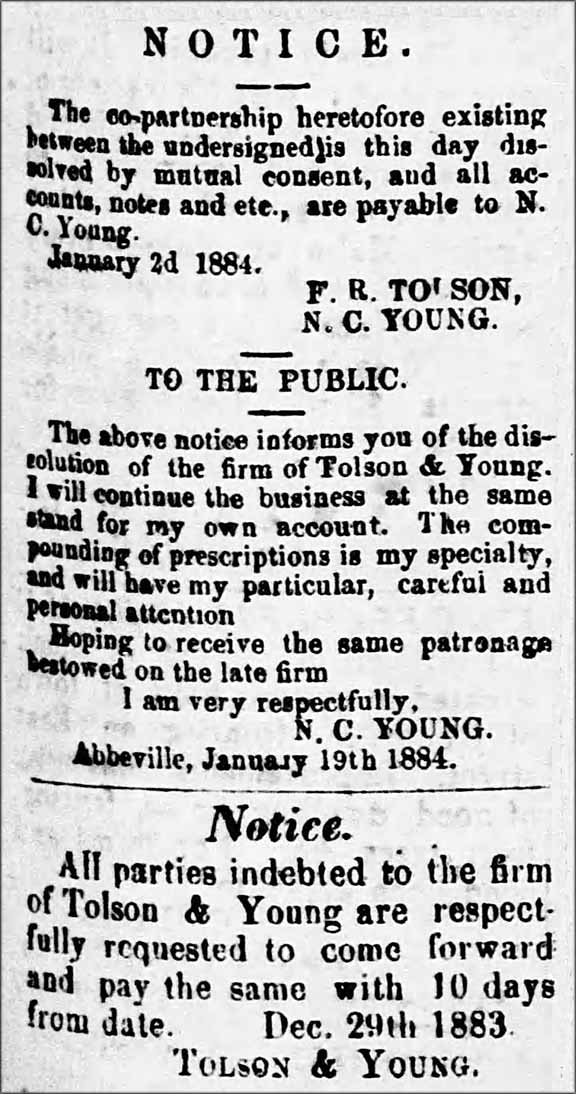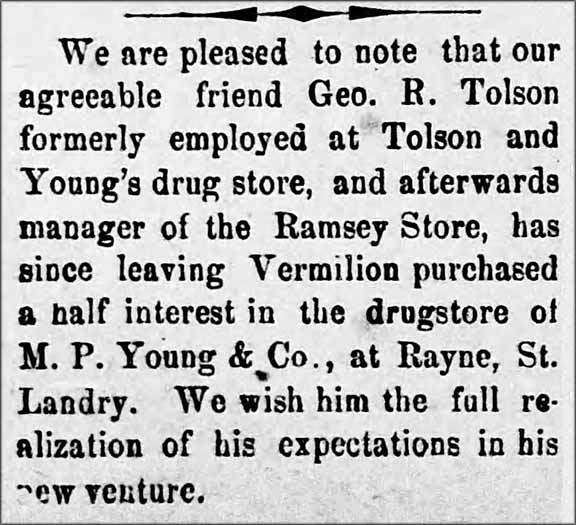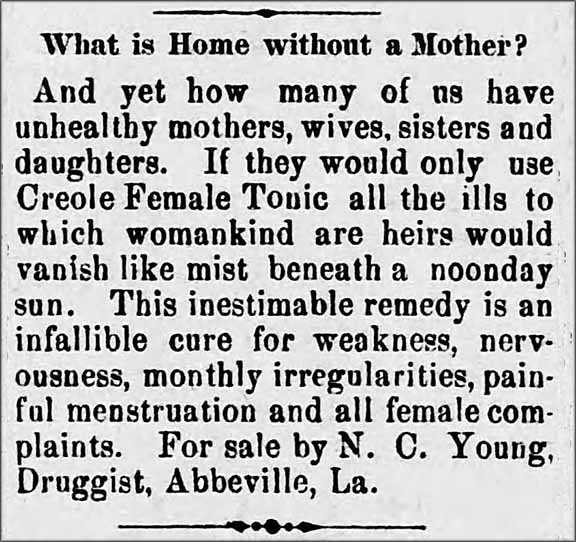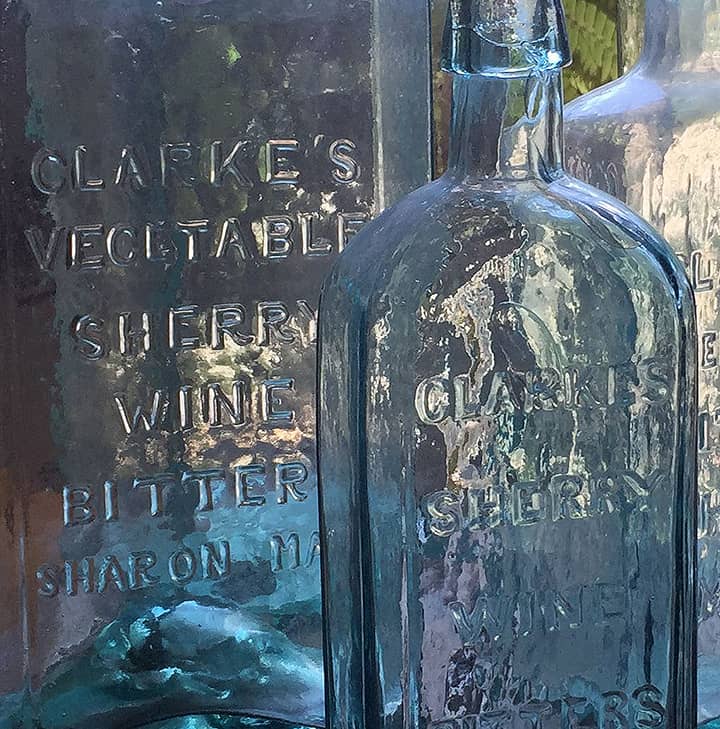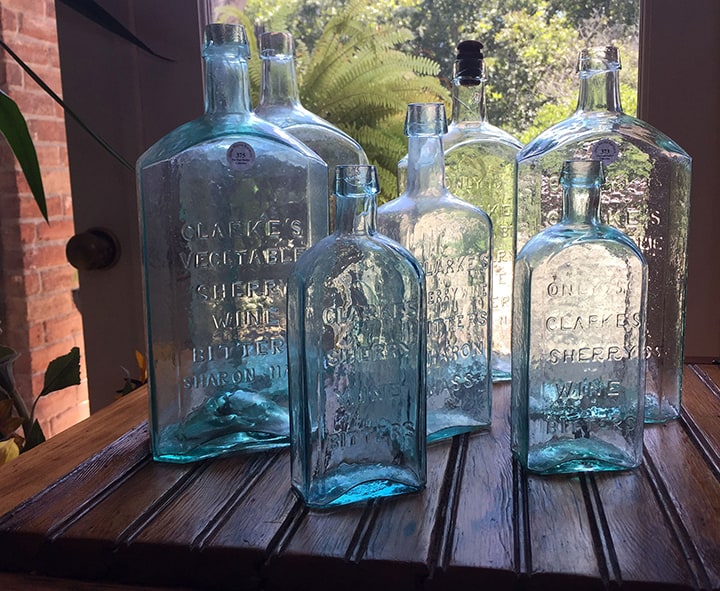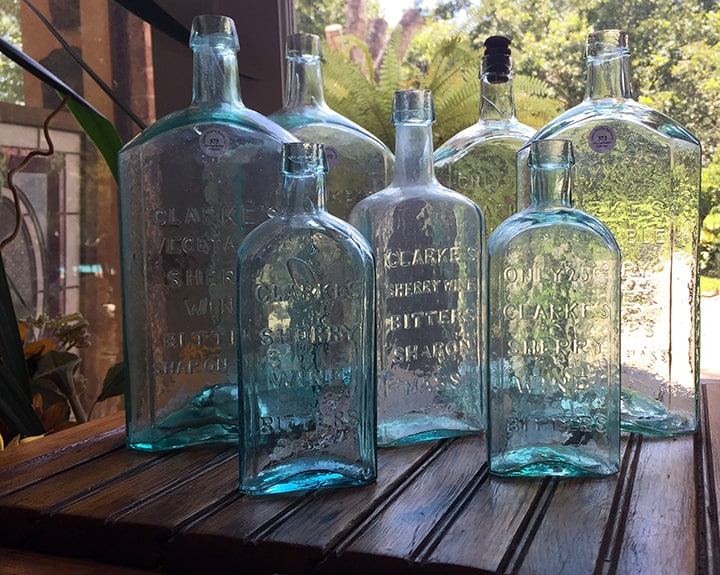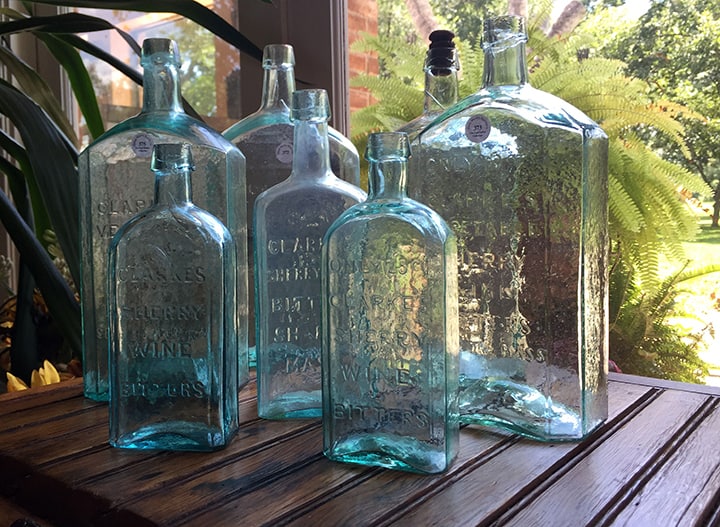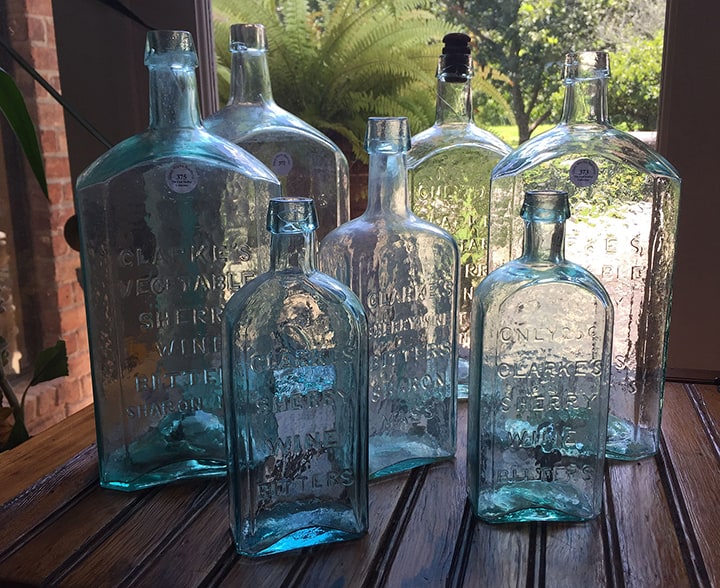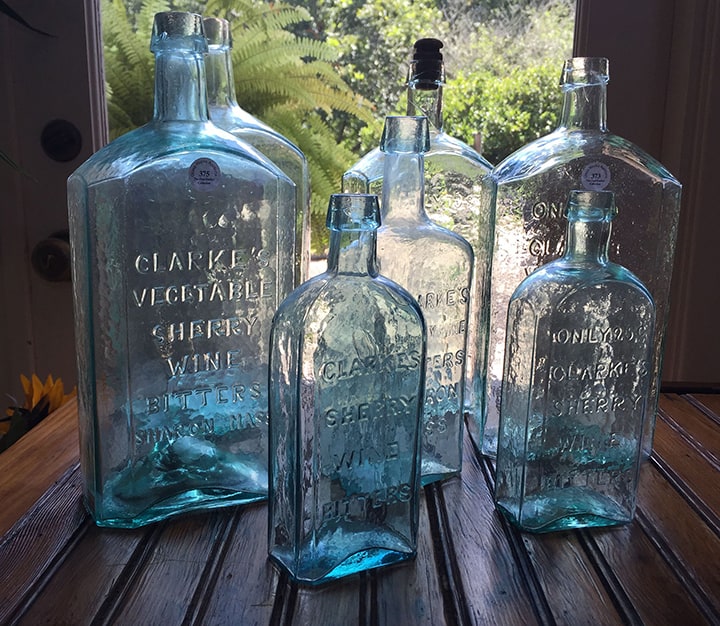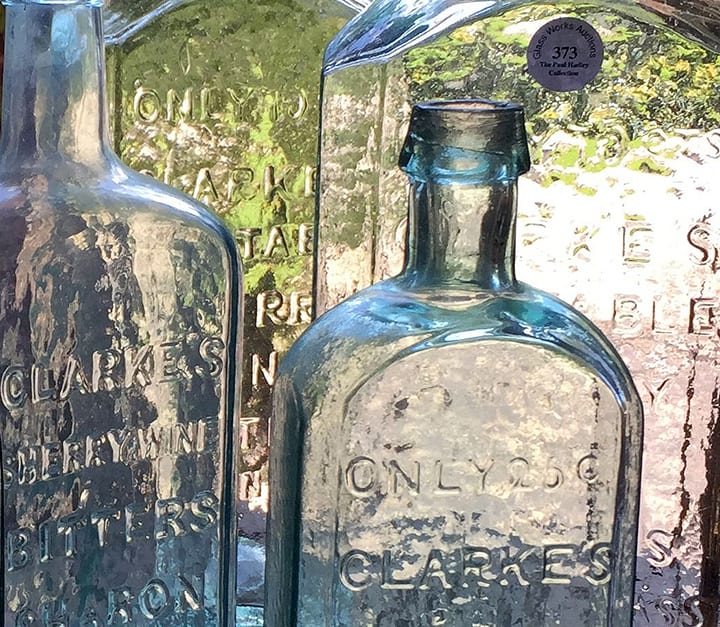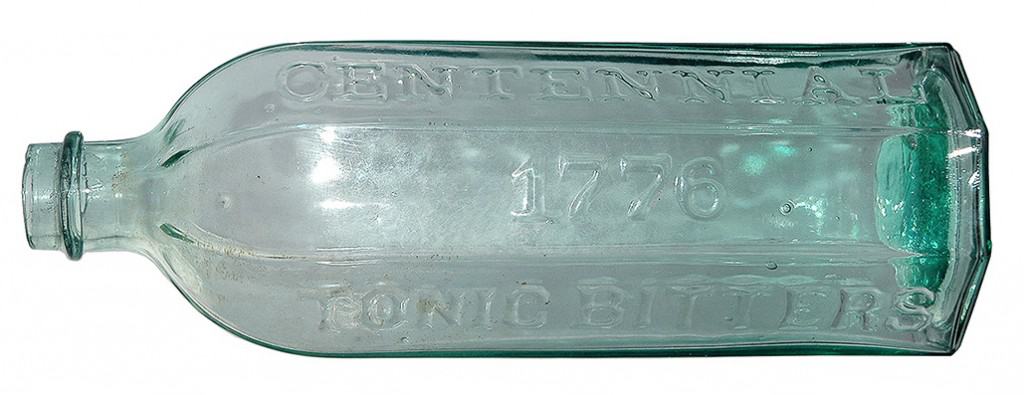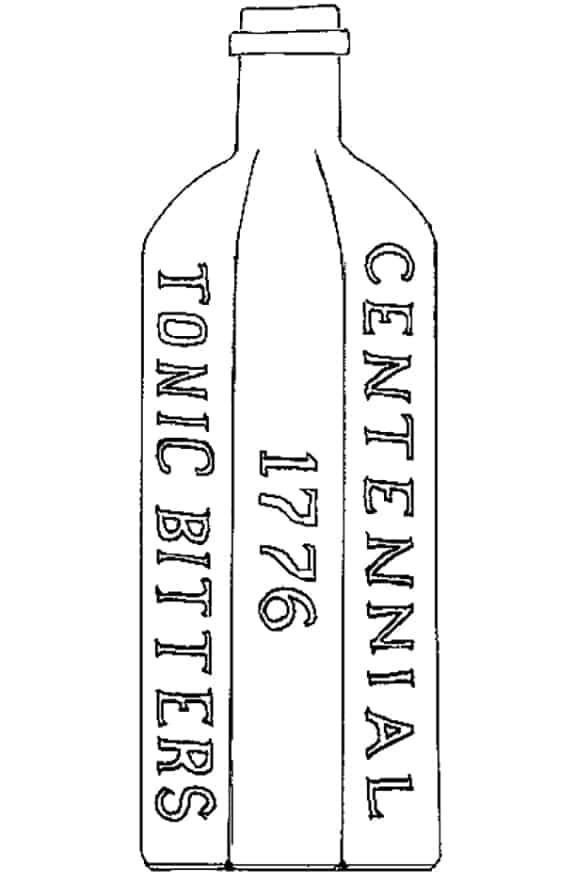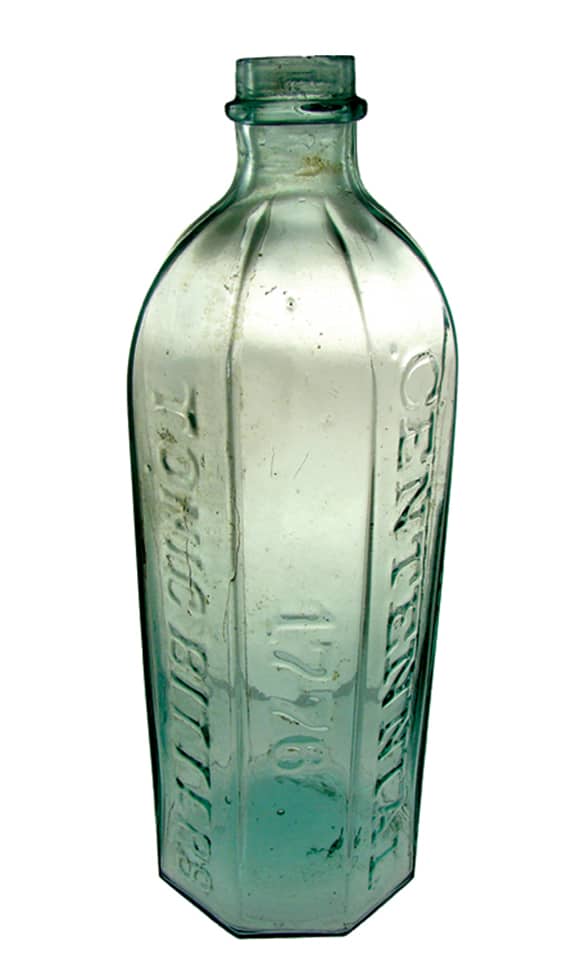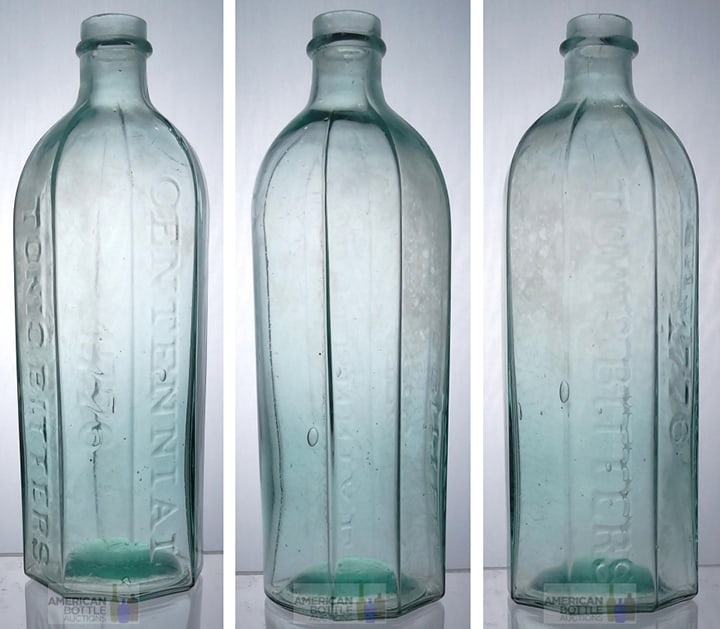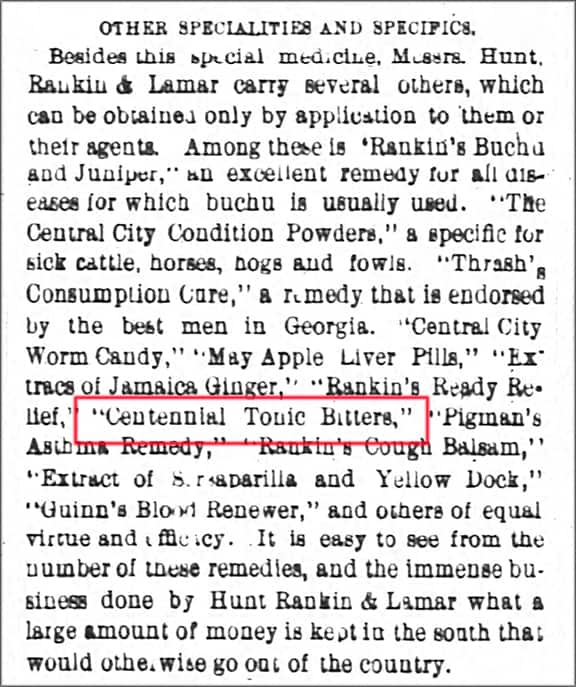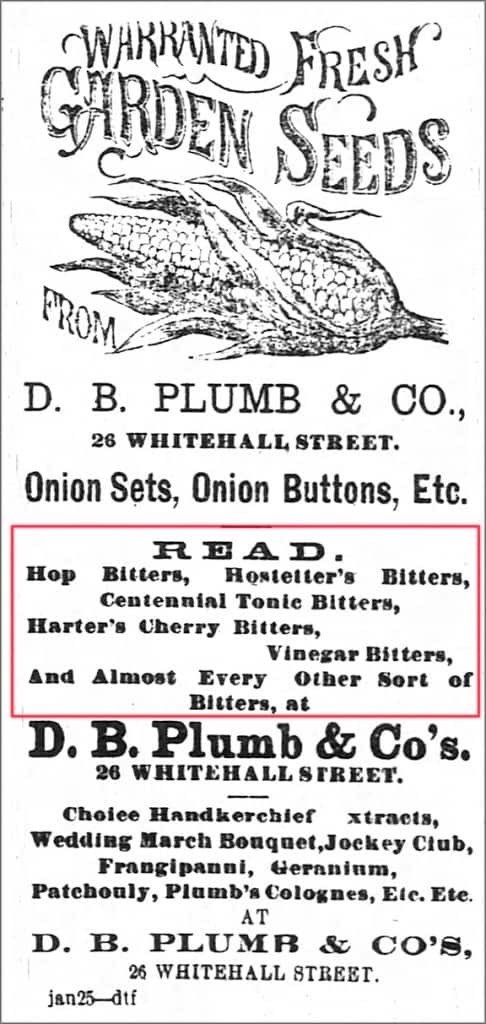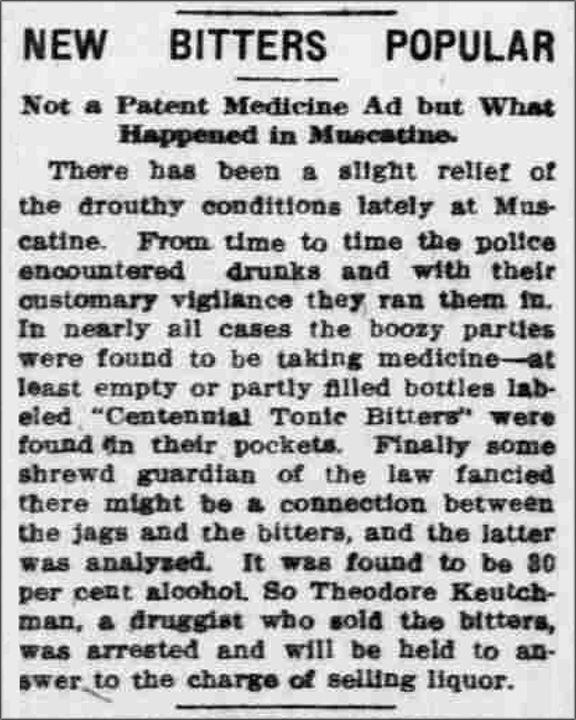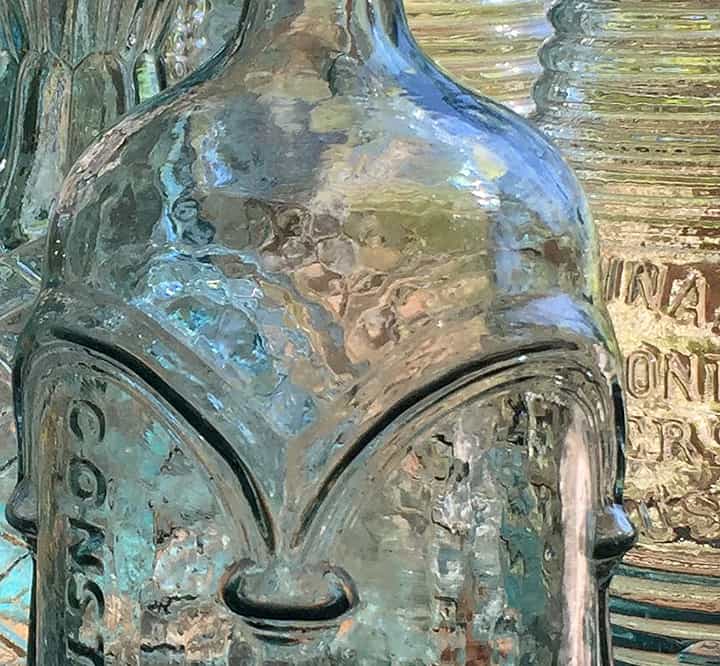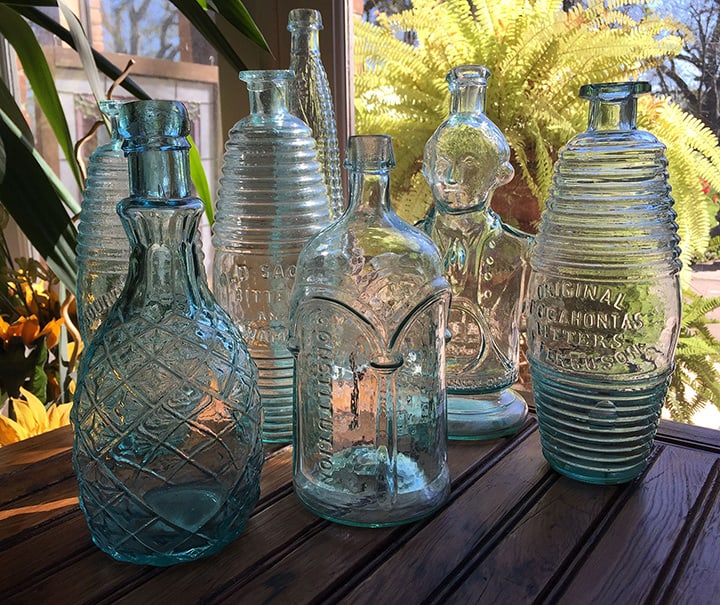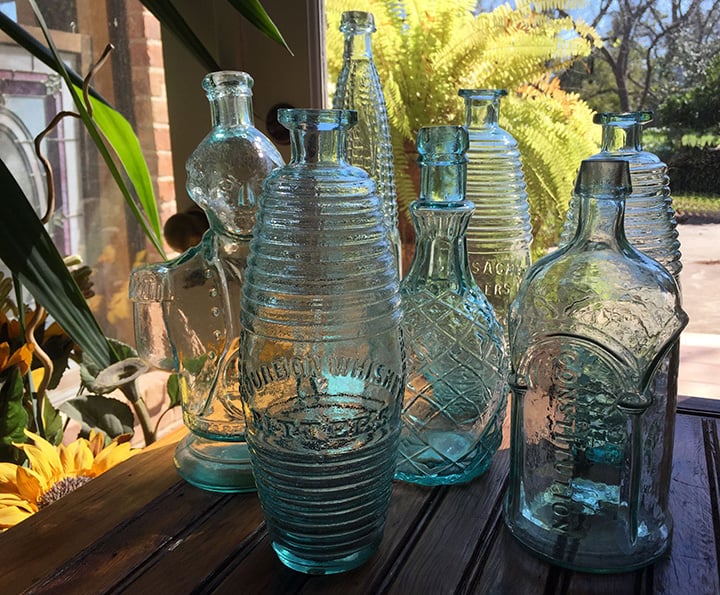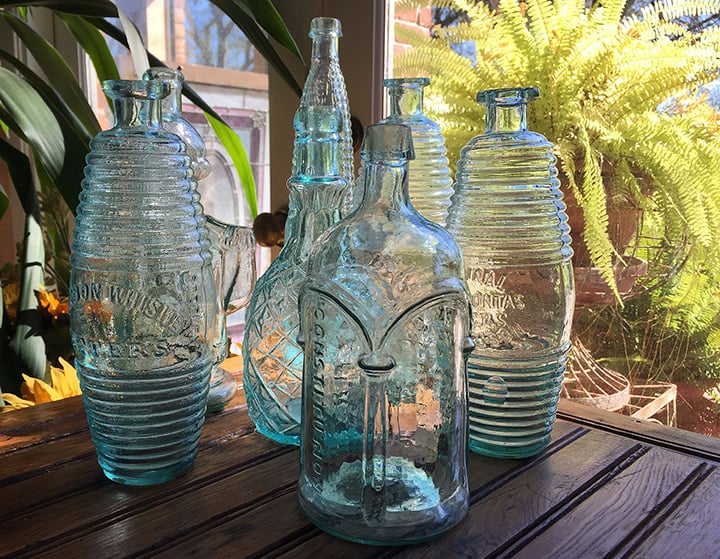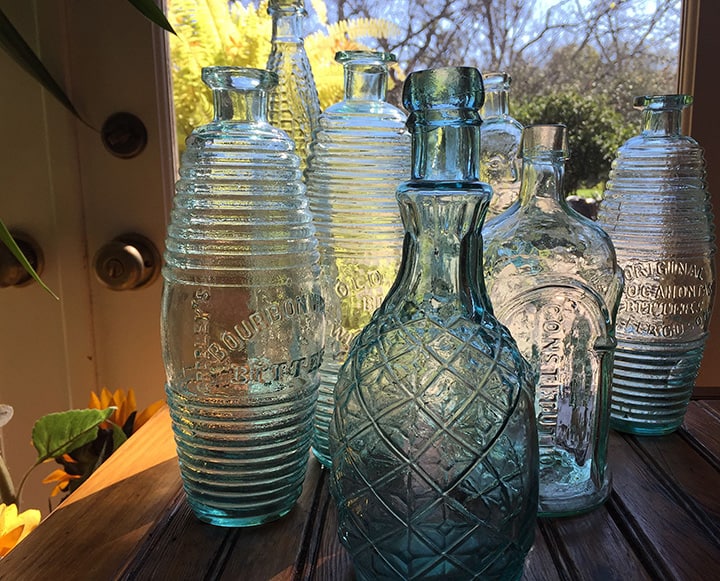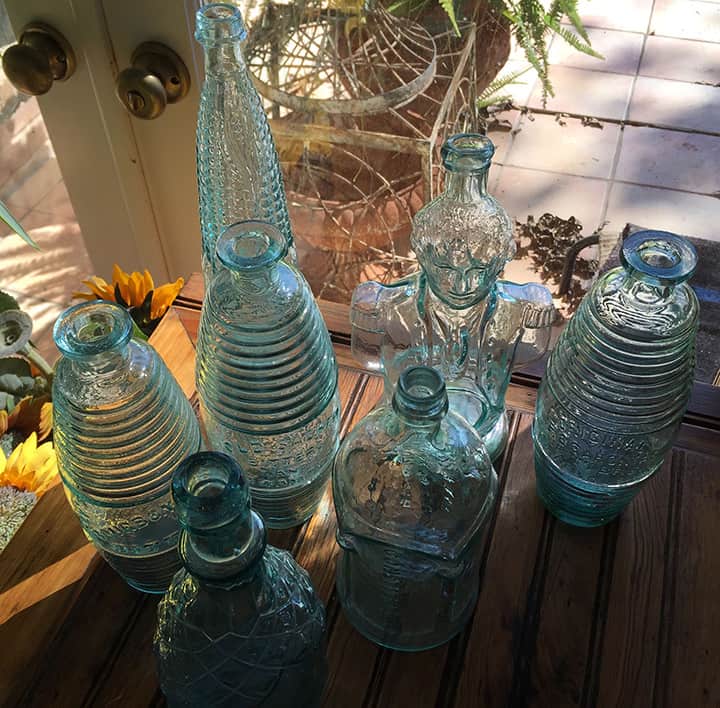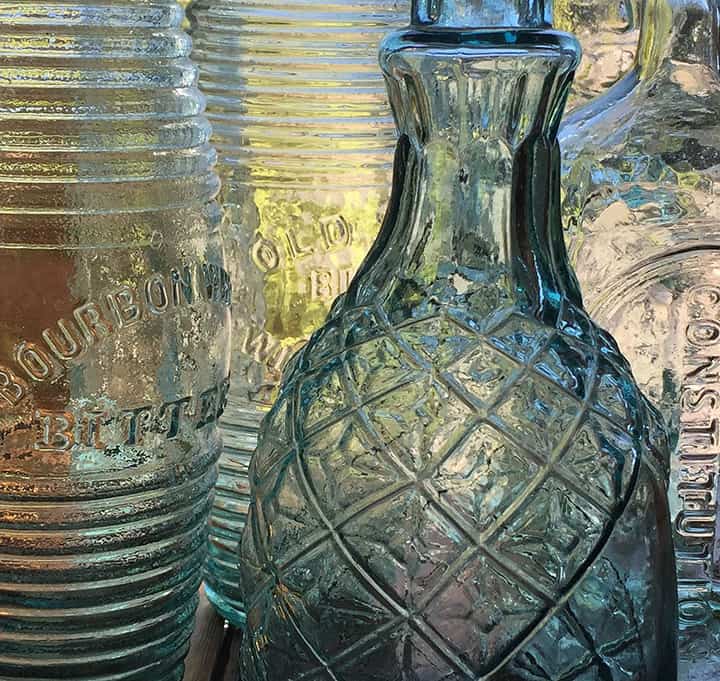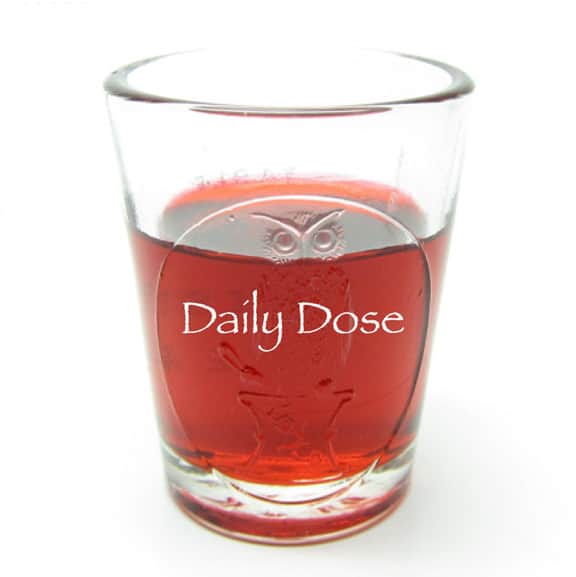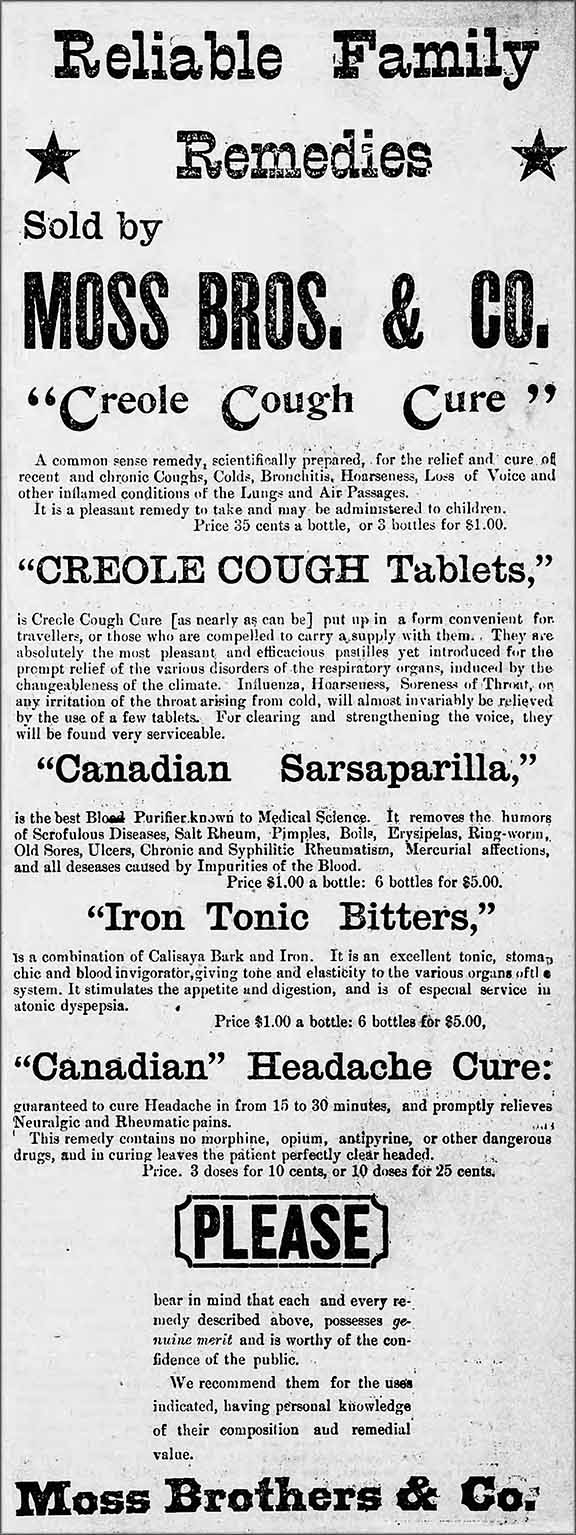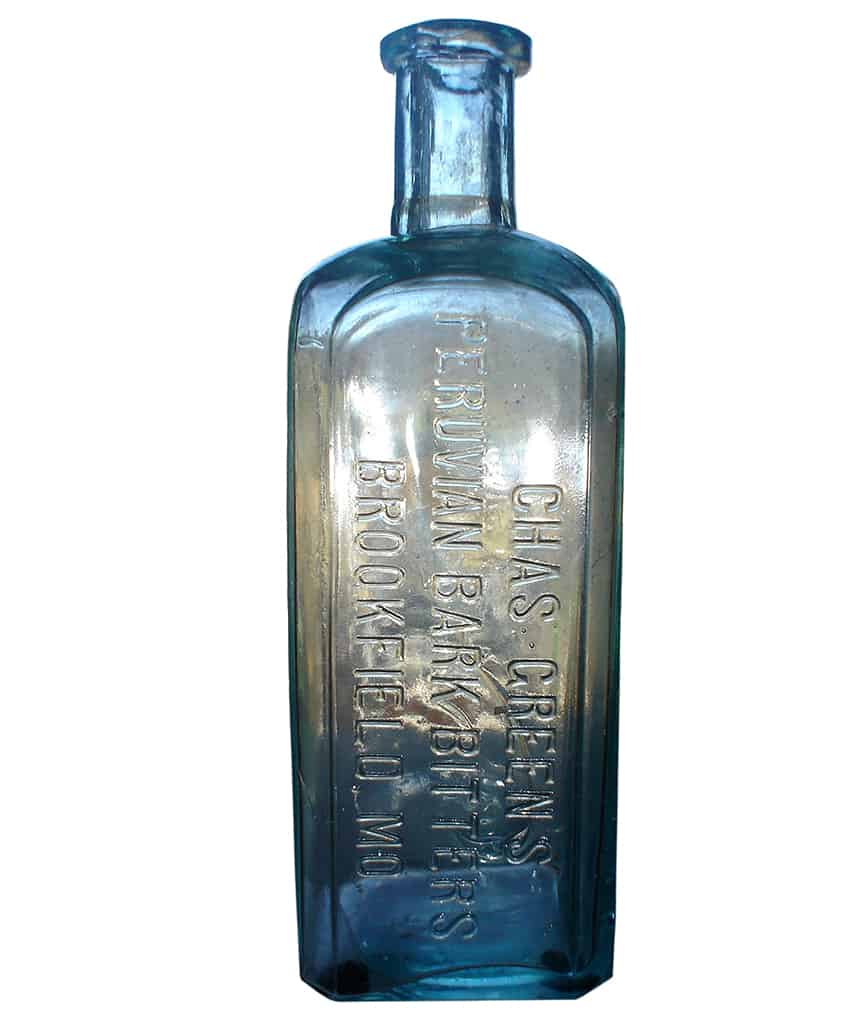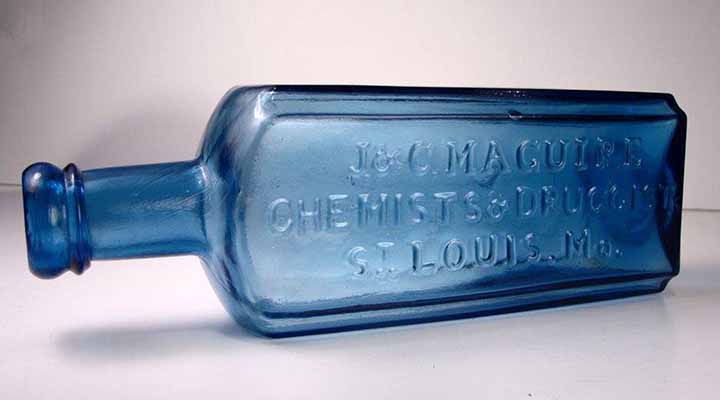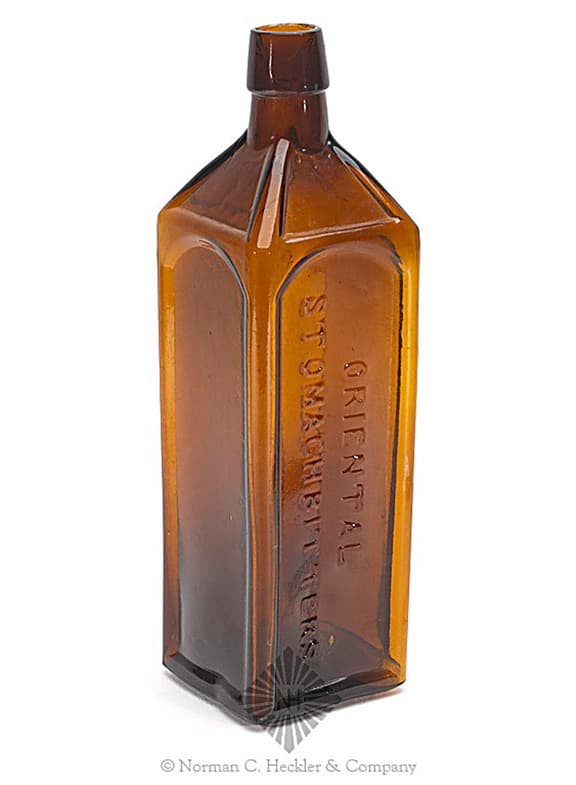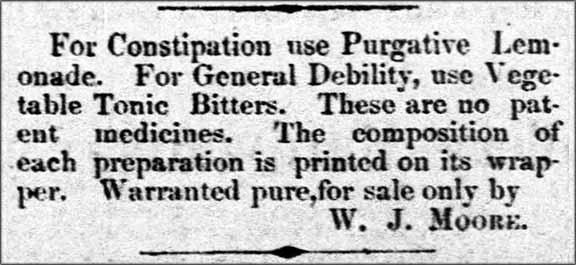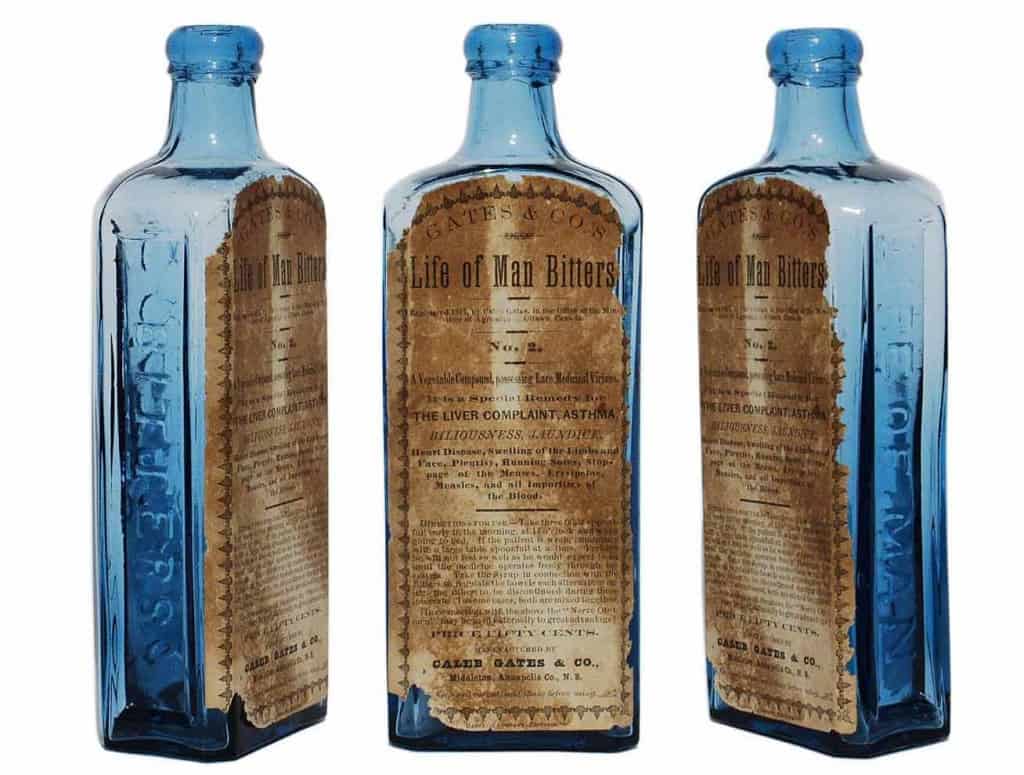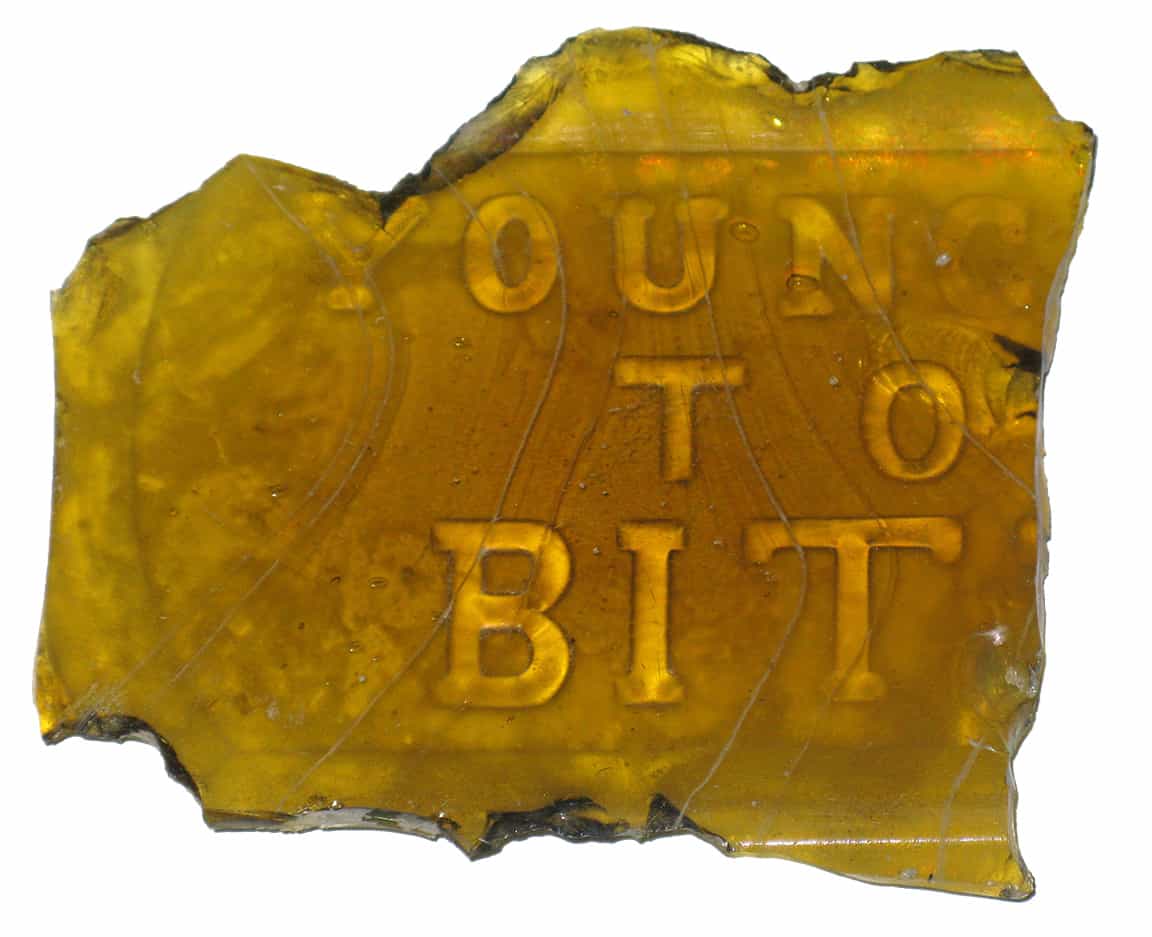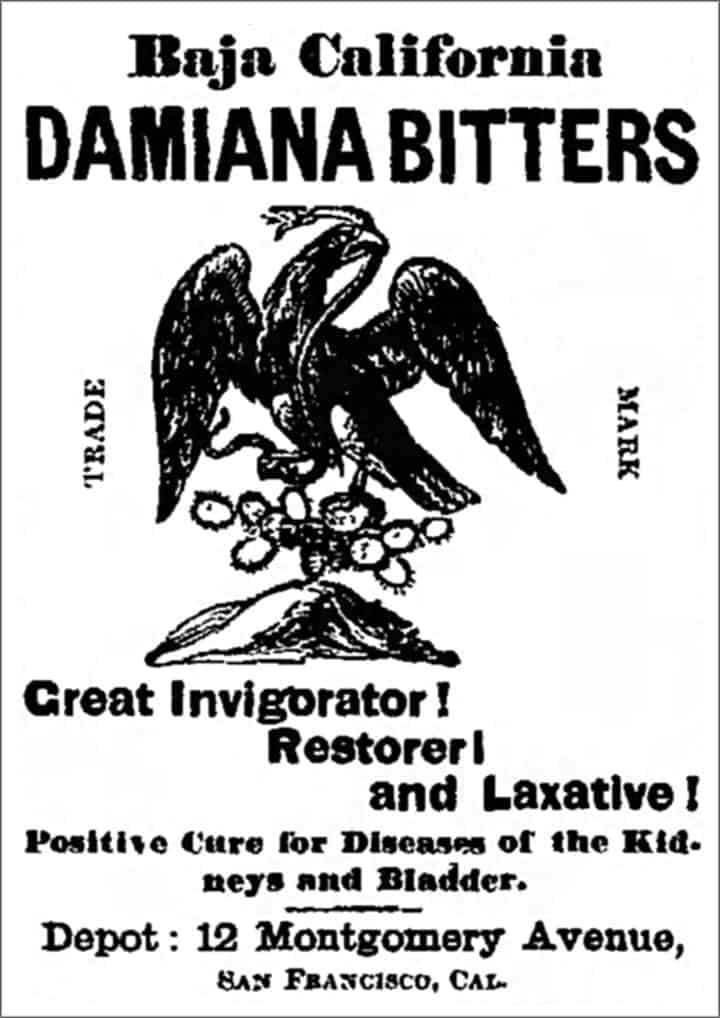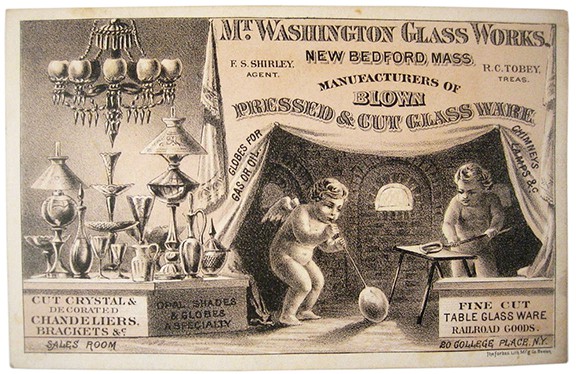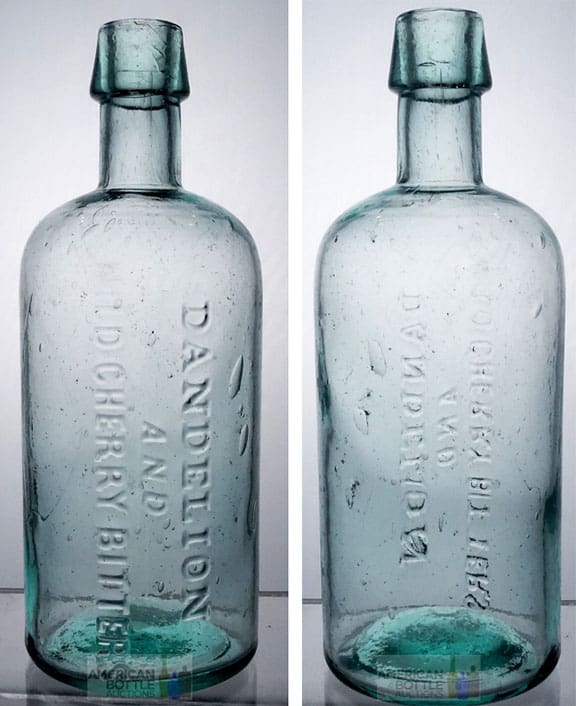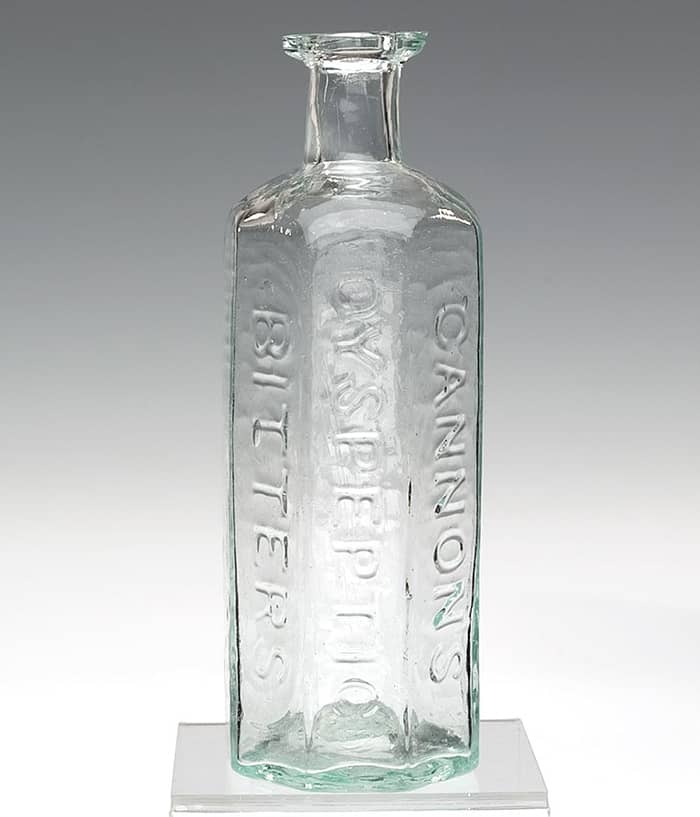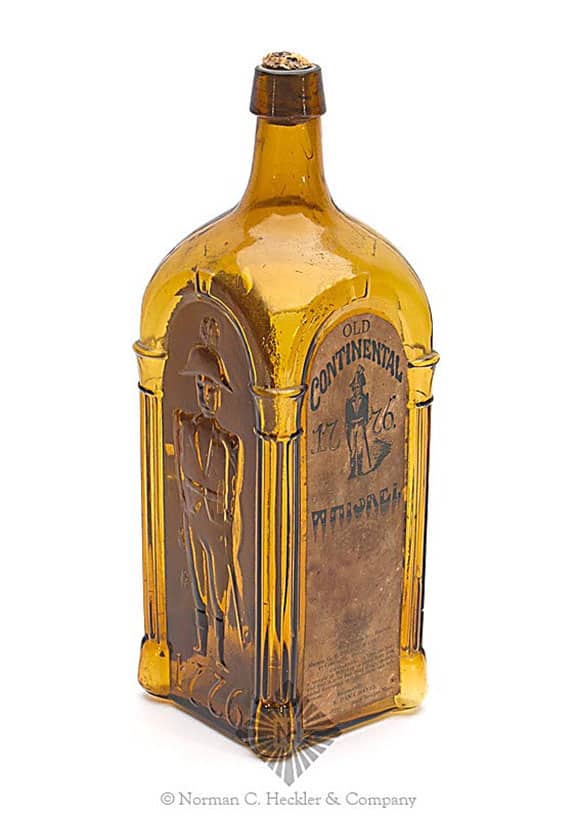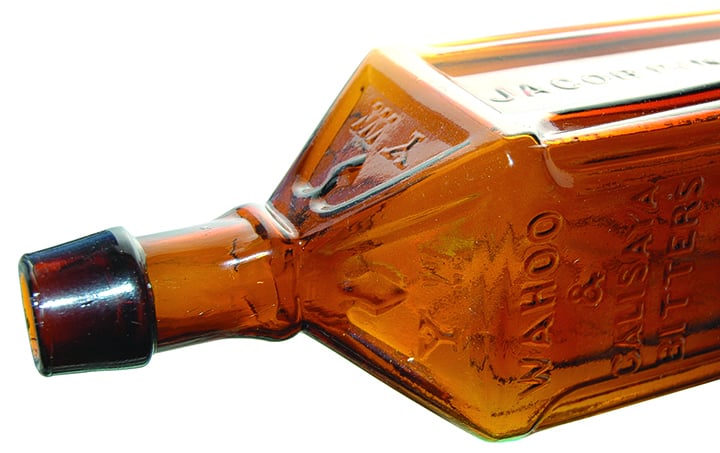
Jacob Pinkerton’s Wahoo & Calisaya Bitters
21 November 2015 (R•020116)

 Have you ever used the celebrated Wahoo and Calisaya Bitters better known by the cabalistic letters “I.M. O. K. — 1864– Y! Y!” This phrase is repeated in various period advertising and is quite interesting. This post was inspired by Frank Wicker who sent me an email stating:
Have you ever used the celebrated Wahoo and Calisaya Bitters better known by the cabalistic letters “I.M. O. K. — 1864– Y! Y!” This phrase is repeated in various period advertising and is quite interesting. This post was inspired by Frank Wicker who sent me an email stating:
“Hi Ferdinand. I have a question about one of the bottles I won from American Bottle Auctions. It is lot 98, Jacob Pinkerton’s Wahoo & Calisaya Bitters. Jeff says it has a tooled top. The Ring and Ham Bitters Bottles books only list an applied top. I was wondering if it is an unlisted variant? I was also wanting to know if your examples have applied or have a tooled top? I am checking with Lou Holis also, as he has an example. Thanks, Frank”
Frank, my example has an applied mouth. It seems that Jacob Pinkerton in Syracuse, New York, first announced his Pinkerton’s Wahoo & Calisaya Bitters in 1864. Prior to this date he was running an ale depot, bowling saloon and liquor establishment. His business was called Jacob Pinkerton & Company. He was selling just about everything with alcohol along with cigars and a few other vices.
Read: The great indian beverage XXX E. Dexter Loveridge Wahoo Bitters
Read: The extremely rare, triangular Wahoo Chamomile Bitters
Read: Dr. Shepard’s Compound Wahoo Bitters – Grand Rapids
Read: C. K. Wilson’s Original Compound Wa-Hoo Bitters
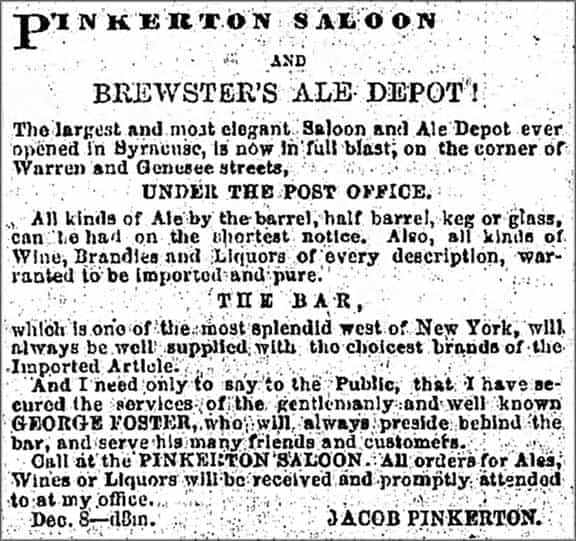
The Pinkerton Saloon and Brewster’s Ale Depot advertisement – Syracuse Daily Courier And Union, Friday, February 26, 1858
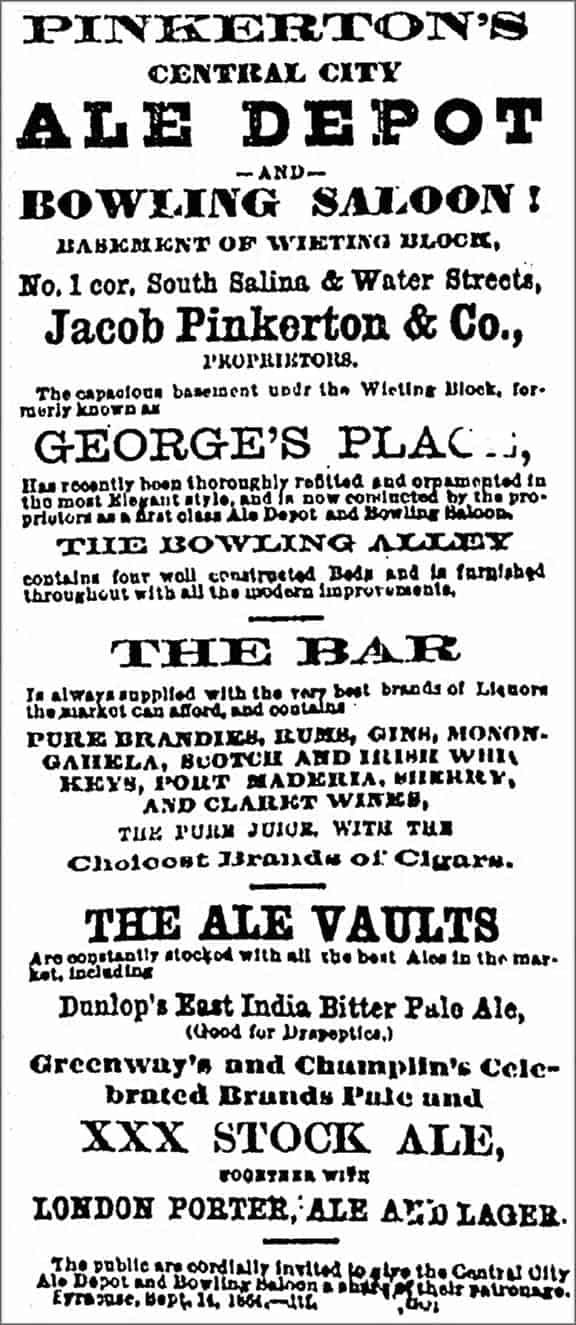
Pinkerton’s Central City Ale Depot – Syracuse Daily Courier And Union, Wednesday, October 5, 1864
His Wahoo & Calisaya Bitters contained twenty different barks and roots and a lot of pure old bourbon whiskey. He sold it from his liquor store and saloon noted above. He also marketed the brand extensively in the northeast and south. This would obviously be the applied top variant. Pinkerton would then take some years off, visit South America and then work as a soap manufacturer. He was also an alderman, worked for a brass foundry, a railroad company, ran a billiard parlor and then reappear again as a liquor merchant in the late 1880s. I suspect he kept his bottle mold and again sold his most famous product, this time with a tooled top. It is odd though, as there is no mention of these bitters after 1867.
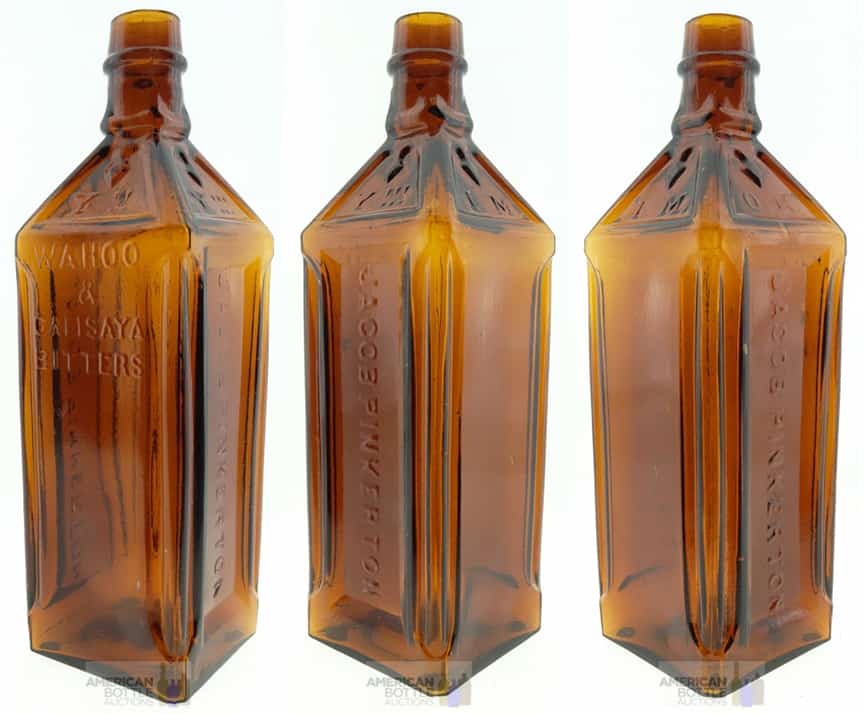
JACOB PINKERTON WAHOO & CALISIYA BITTERS. With tooled top, it is listed as W-3. Here’s a very popular bitters with a myriad of initials and various interesting mold characteristics. There are initials including “OK” around the shoulder with a series of arrows, really just a little bit of everything. Although these do come with applied tops, this one appears to be tooled. This is possibly one of the later examples made since Pinkerton started his business as early as 1852, he owned a liquor store in 1859 and began to advertise this product in 1864. There is no mention of these bitters after 1867, very strange. Grades a 9.5 – American Bottle Auctions
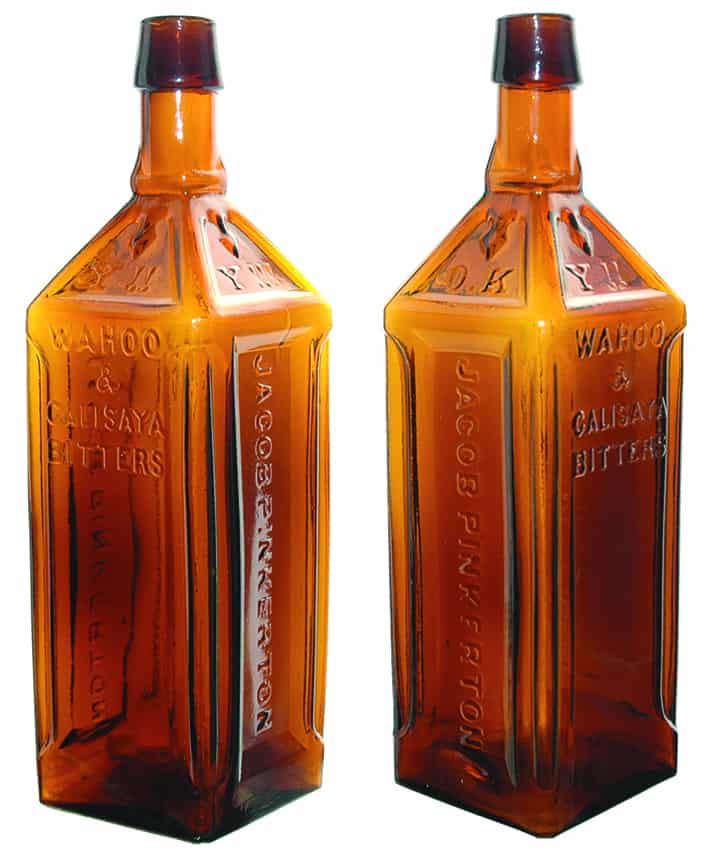
Wahoo & Calisaya Bitters from Jacob Pinkerton, applied mouth – Meyer Collection
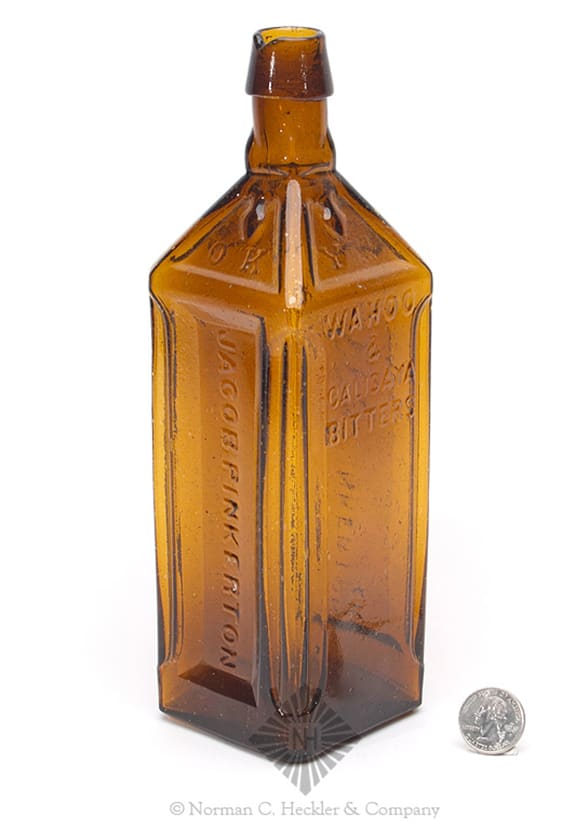
Lot: 112 “Jacob Pinkerton / Wahoo / & / Calisaya / Bitters” Figural Bottle, America, 1860-1880. Square modified cabin form with column corners and four roof panels, brilliant golden amber, applied sloping collared mouth – smooth base, ht. 9 7/8 inches. R/H #W-3 A fine example in great condition, strong embossing and good color. The sloping collared mouth has a dip at the top where the lipping tool did not completely fill the void. It is not damage. – Norman C. Heckler Auctions
The Carlyn Ring and W.C. Ham listing in Bitters Bottles is as follows:
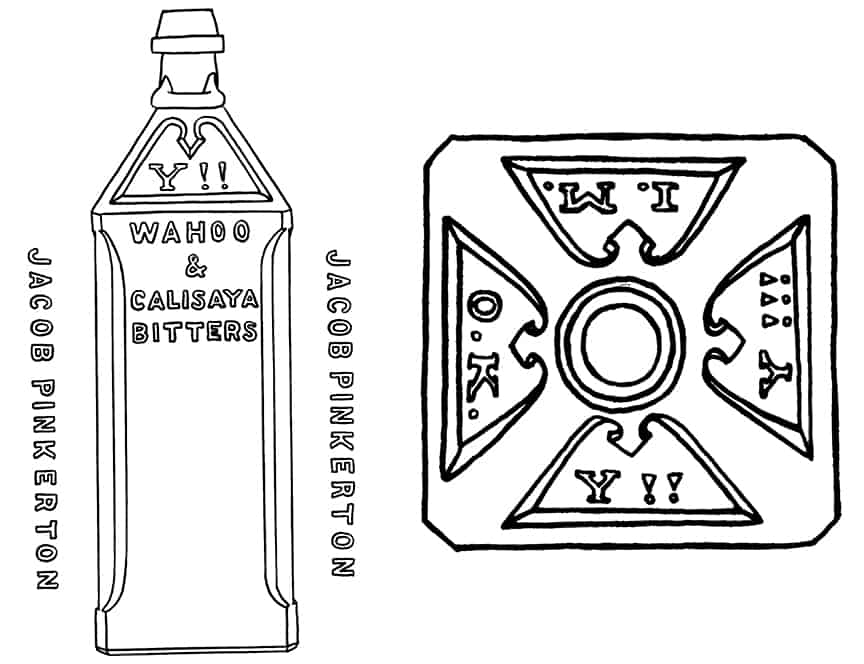
W 3 – Wahoo & Calisaya Bitters – Bitters Bottles
W 3 WAHOO & CALISAYA BITTERS
WAHOO / & / CALISAYA / BITTERS // JACOB PINKERTON // f // JACOB PINKERTON // // s // s // Y!! / O.K. // I.M. // Y!!! //
14 & 16 James Street, Syracuse, New York
9 5/8 x 3 x 1 5/8 (6 7/8)
Square, Amber and Yellow, ARM and LTC, Applied mouth, 2 sp, Columned edges, Very Scarce
Label: I.M. O.K. 1864 Y!! Y!!! Try me and I’ll do you good. They contain the active principles of both the Wahoo and Calisaya besides some 20 different barks and roots in pure old bourbon whiskey distilled in Bourbon Creek, Kentucky in 1852.
Advertising
I can find advertising for Pinkerton’s Wahoo and Calisaya Bitters in many newspapers including the Syracuse Daily Courier And Union and Pittsburgh Gazette from February 1864 to February 1865.

Advertisement: Pinkerton’s Wahoo and Calisaya Bitters – Syracuse Daily Courier And Union, Saturday, August 13, 1864
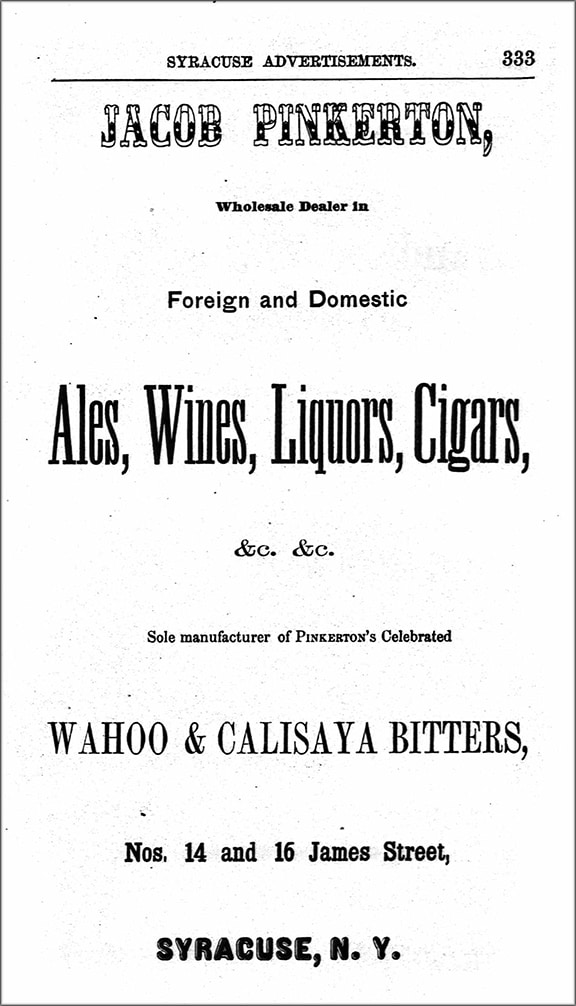
Full Page Advertisement: Jacob Pinkerton, Sole Manufacturer of Pinkerton’s Celebrated Wahoo & Calisaya Bitters – 1864 Oswego New York, City Directory
Wahoo & Calisaya Bitters Sold Everywhere
As I mentioned above, I can find advertisements throughout the northeast and south where various merchants were representing the Wahoo & Calisaya Bitters.
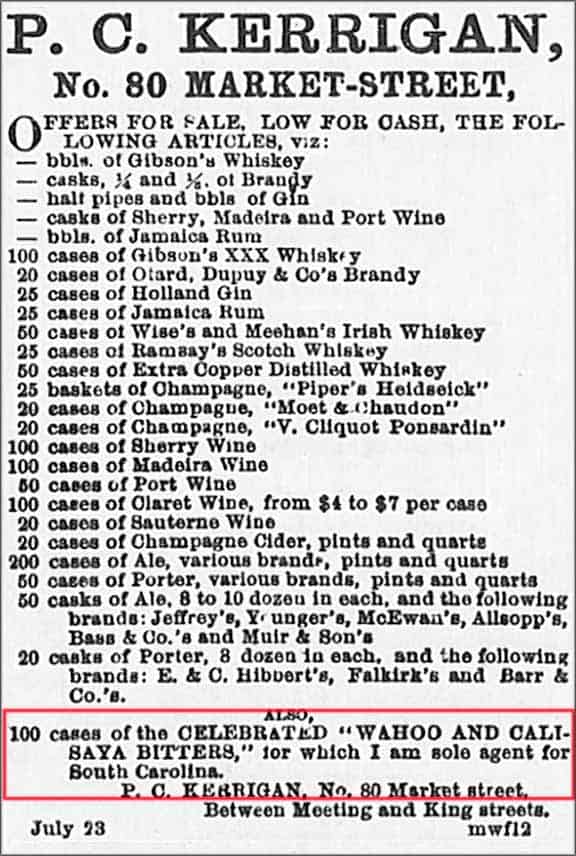
P. C. Kerrigan in South Carolina has 100 cases of the Celebrated Wahoo and Calisaya Bitters – The Charleston Daily News, Monday, July 30, 1866
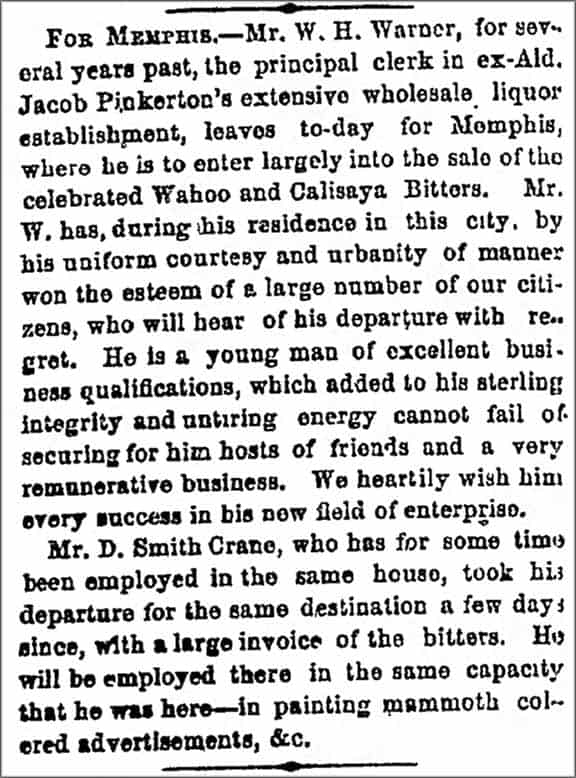
Mr. W. H. Warner, working with Jacob Pinkerton will be selling Wahoo & Calisaya Bitters in Memphis, Tennessee – Syracuse Daily Courier And Union, Fridaty, June 16, 1865
Digging a Wahoo & Calisaya Bitters
“Mike started screaming Wahoo! Wahoo!” No really, it’s a Jacob Pinkerton’s Wahoo & Calisaya Bitters! See The Memphis Diggers. Note that the advertisement above says that Mr. W. H. Warner, working with Jacob Pinkerton will be selling Wahoo & Calisaya Bitters in Memphis, Tennessee.
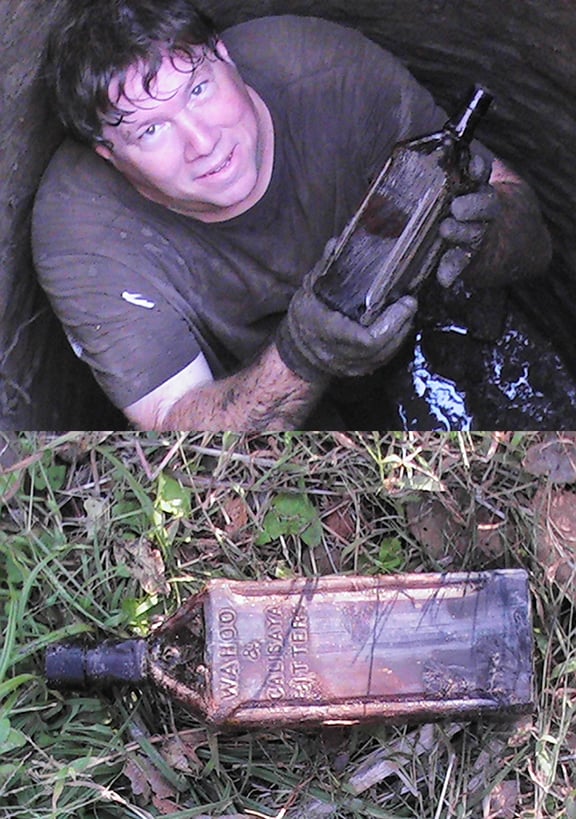
Wahoo & Calisaya Bitters – Fictional Writing Award
Gary Beatty, FOHBC Treasurer, was even the FOHBC Best Author and won First Place in 2014 with the Best Fictional Story “Case of the Missing Case” published in the Swirl and BOTTLES and EXTRAS. Read Here. He used my example on the second page. Become a FOHBC member and get BOTTLES and EXTRAS.
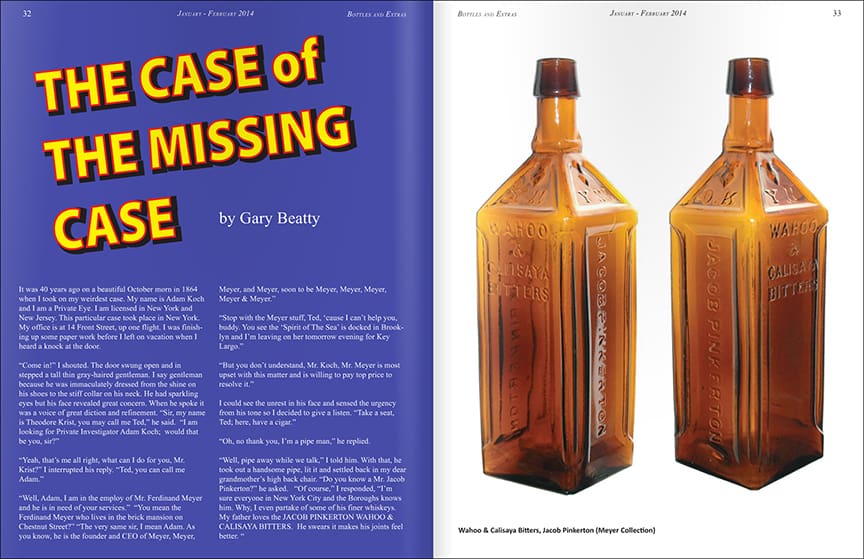
Select Timeline
1829: Jacob Pinkerton birth
1857: The Pinkerton Saloon and Brewster’s Ale Depot advertisement (see above) – Syracuse Daily Courier And Union, December 25, 1857 (also 1858)
1859: Jacob Pinkerton, John Pinkerton (Syracuse) – New York City Directory
1859: Passage: Towards the close of the year the community was congratulated on the excellent business outlook, the building of the First Baptist church, a new block on the site of the old Yellow Buildings, and a new building on the site of the old “Conical Mills” by ex-Mayor Stevens, all of which sites had been recently burned over; a new brewery by Jacob Pinkerton on Fayette street; the engine hook and ladder house rear the City Hall. Preparations were made for the erection of the Kirk block, which was soon finished, and for other structures. – Memorial History of Syracuse New York
1860: Jacob Pinkerton, Age: 31, Birth Year: abt 1829, Birth Place: New York, Home in 1860: Syracuse Ward 5, Onondaga, New York, Post Office: Syracuse, Household Members: Jacob Pinkerton, 31, Caroline Pinkerton, 30, Caroline Pinkerton, 10, Mary Pinkerton, 5, Mary Ryan 20 – United States Federal Census
1862: Pinkerton & Lacy (see below) (Jacob Pinkerton & Martin Lacy), Liquor Dealers, 40 E. Water, Syracuse, New York, City Directory

1862: Jacob Pinkerton, Saloon, E. Geneese corner Warren, and Pinkerton & Lacy, h 134 S. West – Syracuse, New York, City Directory
1863: Jacob Pinkerton, Liquor Dealer, New York, Age 43 – U.S., Civil War Draft Registration Records
1864: Advertisement: Pinkerton’s Wahoo and Calisaya Bitters (see above) – Syracuse Daily Courier And Union, Saturday, August 13, 1864
1864: Advertisement: Pinkerton & Reynolds’ Saloon (Jacob Pinkerton & Simeon Reynolds) – Oswego, New York, City Directory
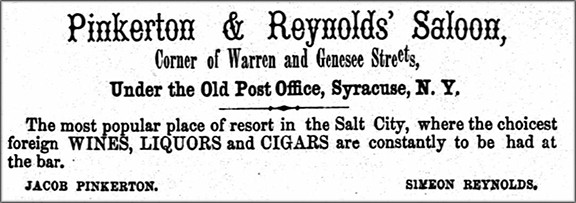
1865: Wahoo and Calisaya bitters, Jacob Pinkerton, Syracuse S. S. Med. – Proceedings of the Annual Meeting – New York State Agricultural Society
1865: J Pinkerton, Arrival Date: 11 Dec 1865, Birth Date: abt 1828, Age: 37, Port of Departure: Greytown, Nicaragua, Destination: United States of America, Port of Arrival: New York, New York, Ship Name: Santiago de Cuba – New York Passenger List
1865: Advertisement (see below): Have you ever used the celebrated Wahoo and Calisaya Bitters better known by the cabalistic letters “I.M. O. K. — 1864– Y! Y!” – The Vermont Transcript, Friday, February 3, 1865.
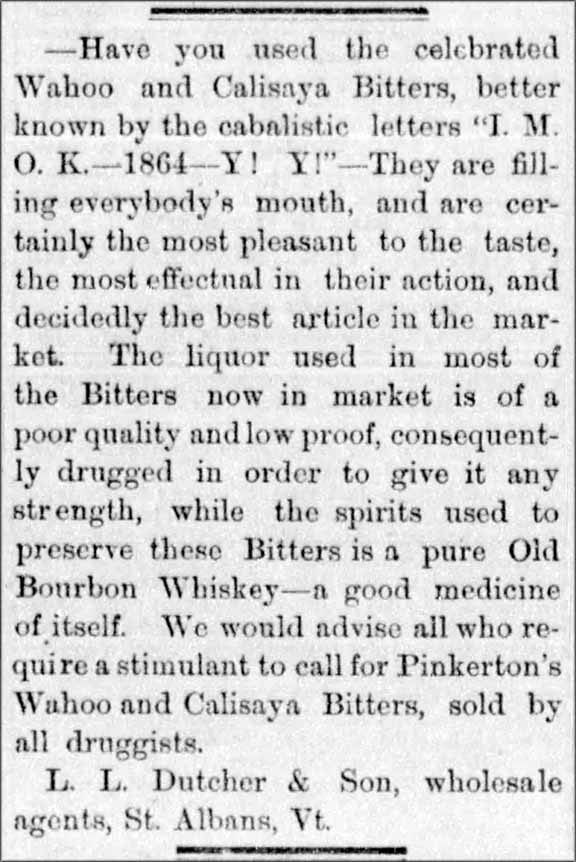
1865: Pinkerton’s liquor store and Wahoo Bitters manufactory destroyed by fire – New York Daily Reformer (Watertown, N.Y.), Thursday Evening, October 5, 1865 (added by Corey Stock)
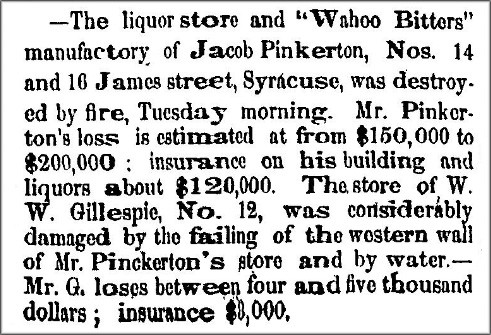
1866: PINKERTON & CO., (Jacob Pinkerton, J. B. Tucker, W. H. Warner), wines, liquors & cigars, 14 & 16 James – Syracuse, New York, City Directory
1866: Notice: Wahoo & Calisaya Bitters Prices – The New Berne Times (North Carolina), Monday, February 5, 1866 (see below)
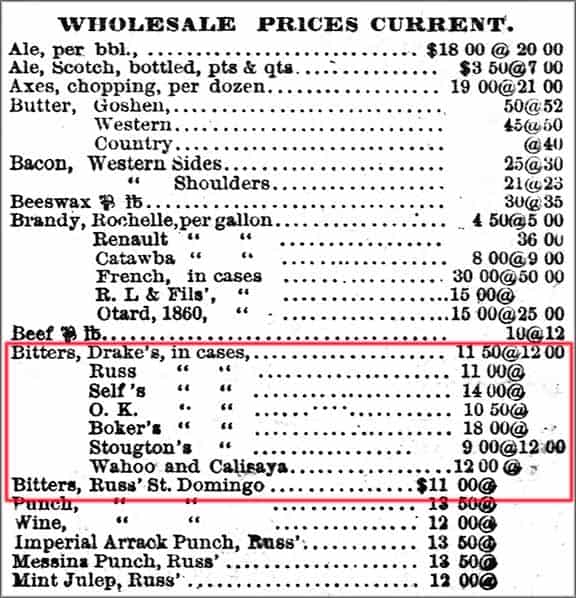
1868: S1,748.- ALONZO B. CALDWELL, Syracuse, N. Y., assignor to himself and JACOB PINKERTON, same place. – Journal Box – September 1, 1868. – Hooks and shoulders, constituting part of the bronze metal frame, hold the cast-iron shell which is cast around the frame; the latter is provided with arms which have flanges across their ends which ‘port the soft metal and prevent it from being crushed. etc… – Annual Report of the Commissioner of Patents, 1870
1868: Jacob Pinkerton, soaps, 14 N. Washington, h 134 S. West – Syracuse, New York, City Directory
1869: Jacob Pinkerton, soap manufacturer, W. Washington also billiard room, 10 S. Salina, h 134 S. West – Syracuse, New York City City Directory
1870: Jacob Pinkerton, brass foundry, W. Fayette, h 134 S. West – Syracuse, New York City City Directory
1871: Jacob Pinkerton, Brower Metal Co., h 134 S. West – Syracuse, New York, City Directory
1874: Jacob Pinkerton, alderman 5th Ward, also treasurer, Brower Metal Co., h 134 S. West – Syracuse, New York, City Directory
1871 – 1878: Example Listing: Fifth Ward Railroad Company: Names And Residences of Officers of The Company. Director P. B. BRAYTON Syracuse, JOHN P. GRAY Syracuse, O. C. POTTER Syracuse, T. B. FITCH Syracuse, Le ROY MORTON Syracuse, D.P. PHELPS Syracuse, JACOB PINKERTON Syracuse – Annual Report on the Railroads of the State of New York
1874: Jacob Pinkerton, treasurer, Brower Metal Co., h 134 S. West – Syracuse, New York, City Directory
1884: Pinkerton & Sloan (Jacob Pinkerton 7 Elmendorf Sloan), brass foundry, 210 w. Fayette – Syracuse, New York, City Directory
1890: Jacob Pinkerton, liquor dealer, 210 E. Water, h 165 Holland – Syracuse, New York, City Directory
1898 – 1904: Jacob Pinkerton, h 165 Holland – Syracuse, New York, City Directory
1900: Jacob Pinkerton, Retired, Age: 70, Birth Date: Aug 1829, Birthplace: New York, Home in 1900: Syracuse Ward 12, Onondaga, New York, Marital Status: Widowed, Father’s Birthplace: New York, Mother’s Birthplace: New York, Household Members: Jacob Pinkerton, 70, Carrie E Pinkerton, 48, Mary E Phelphs, 43, George L Phelphs, 21 – United States Federal Census
1904: Jacob Pinkerton death on January 23, 1904, Cause of death: paralysis, Spouse:, Caroline E. Wilcox Pinkerton (1831 – 1899) Children: Carrie E. Pinkerton (1850 – 1909)*, Mary E. Pinkerton Phelps (1855 – 1915)* *Calculated relationship, Burial: Oakwood Cemetery Syracuse Onondaga County, New York, USA, Plot: Sect 25 plot 45 – Find A Grave
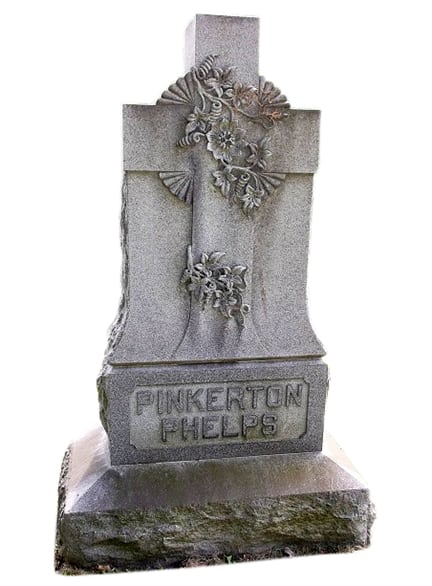
![]() I put up a post the other day on Pinkerton’s Wahoo Bitters that fit in nicely with some other “Wahoo” bitters in my collection. I realized that I had not previously posted about Dr. Bishop’s Wa-Hoo Bitters from New Haven, Connecticut. The Bishop’s Wa-hoo Bitters is a cool, semi-cabin, figural bottle that comes in two sizes. Wahoo is a fictitious name used to represent the Indian population. Chief Wahoo is the logo for the Cleveland Indians. Let’s not go there.
I put up a post the other day on Pinkerton’s Wahoo Bitters that fit in nicely with some other “Wahoo” bitters in my collection. I realized that I had not previously posted about Dr. Bishop’s Wa-Hoo Bitters from New Haven, Connecticut. The Bishop’s Wa-hoo Bitters is a cool, semi-cabin, figural bottle that comes in two sizes. Wahoo is a fictitious name used to represent the Indian population. Chief Wahoo is the logo for the Cleveland Indians. Let’s not go there.